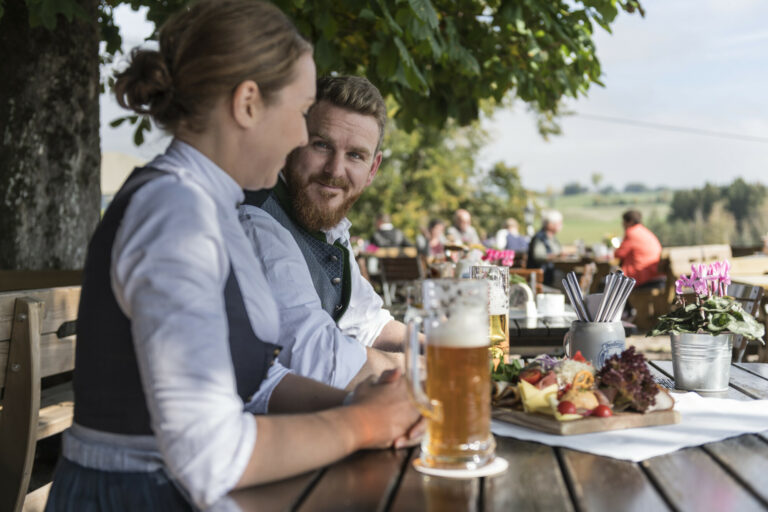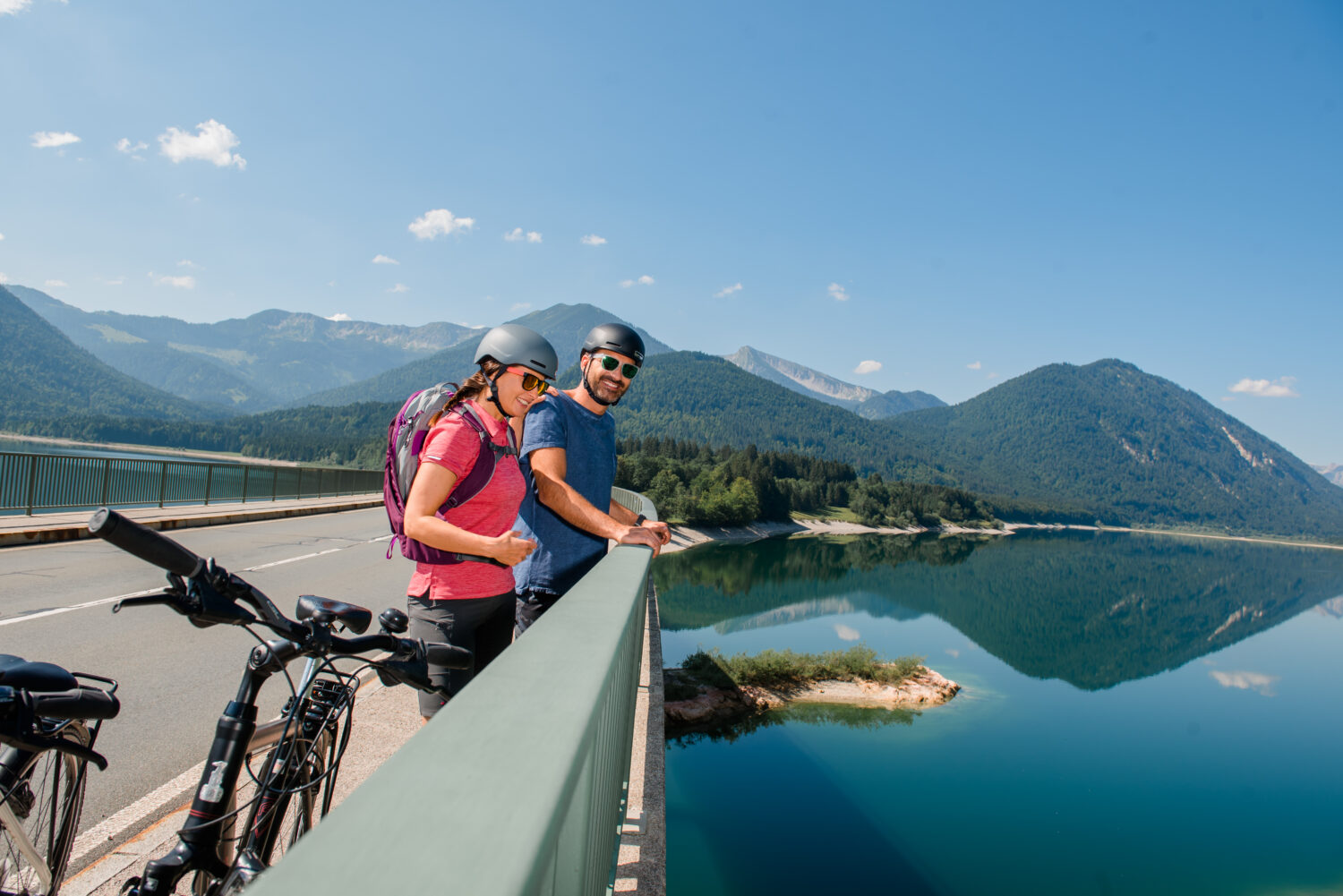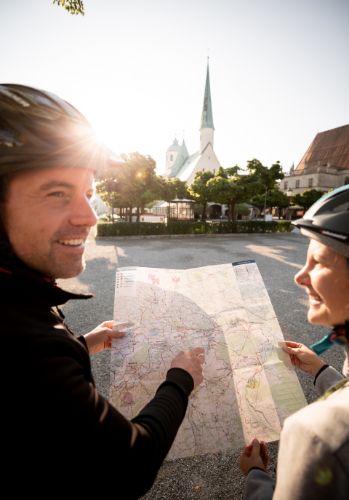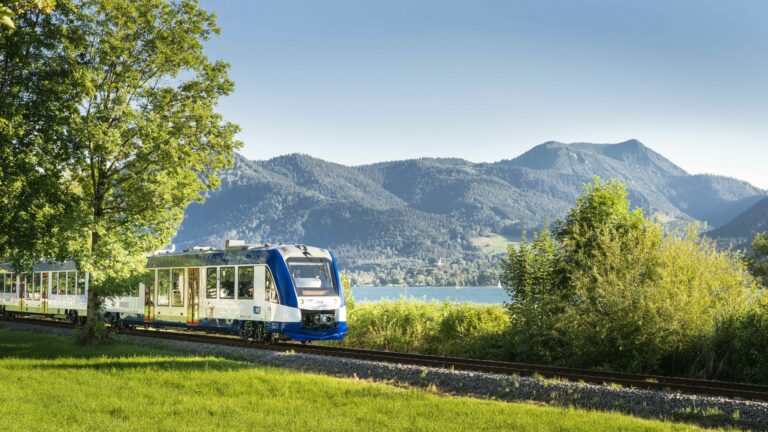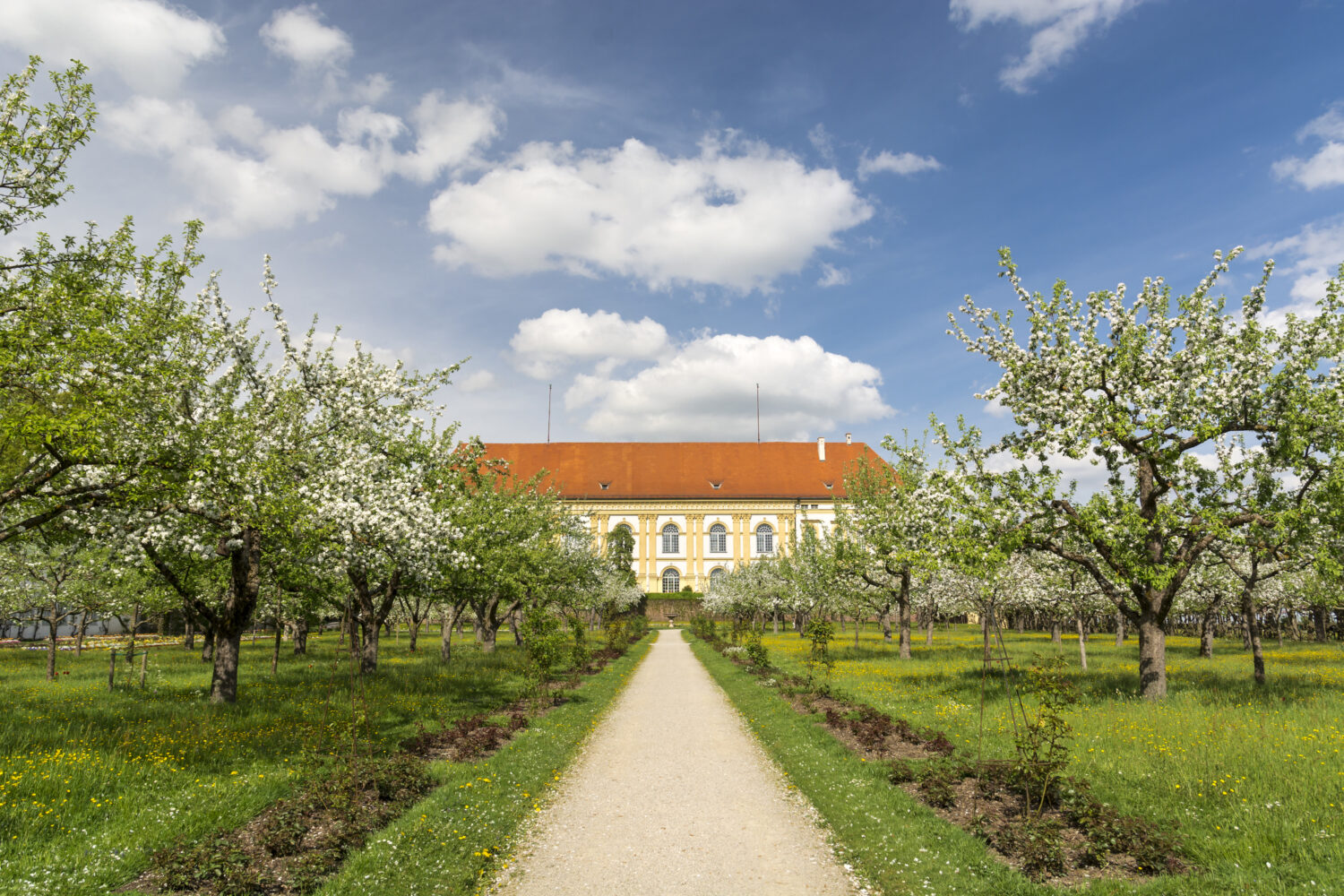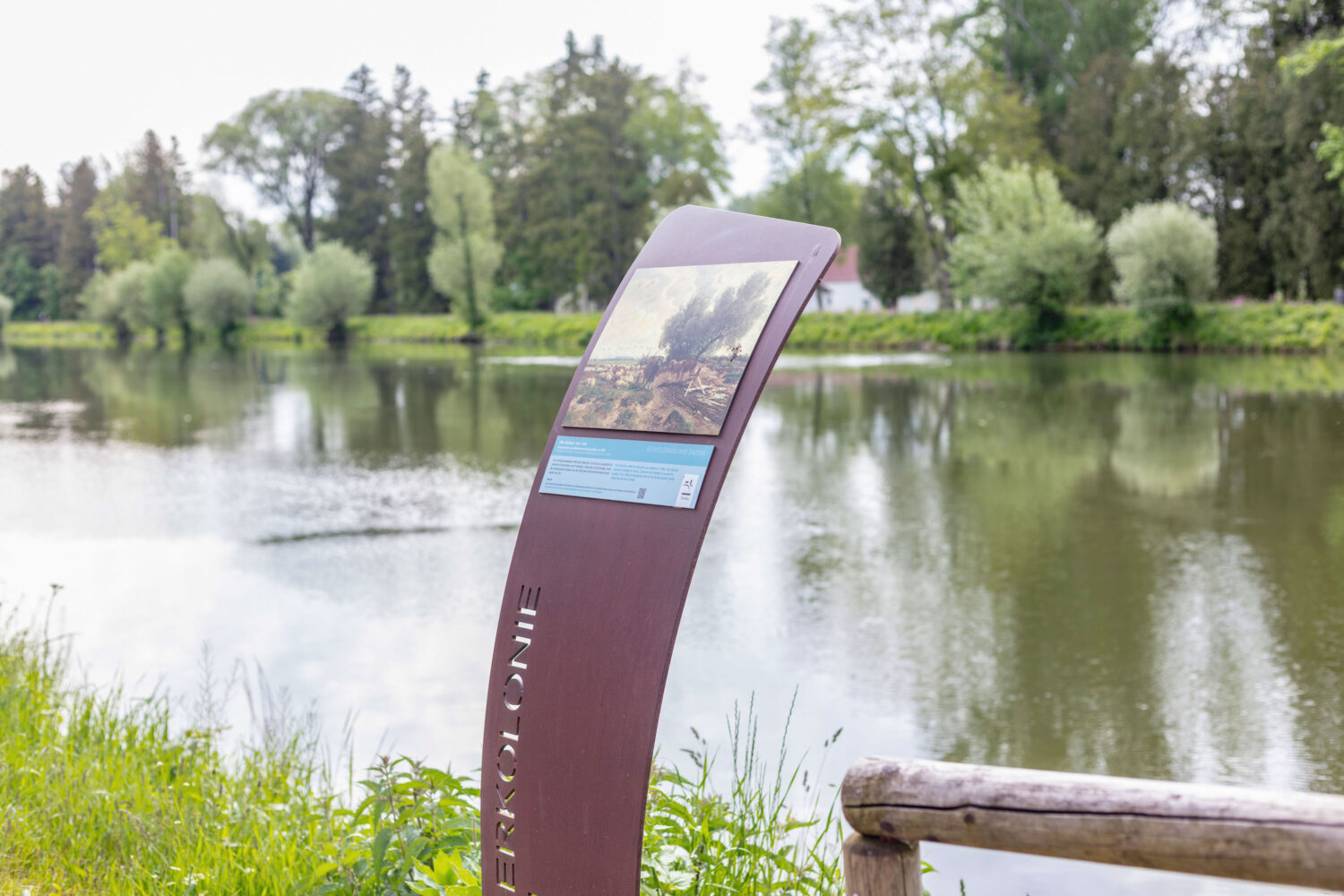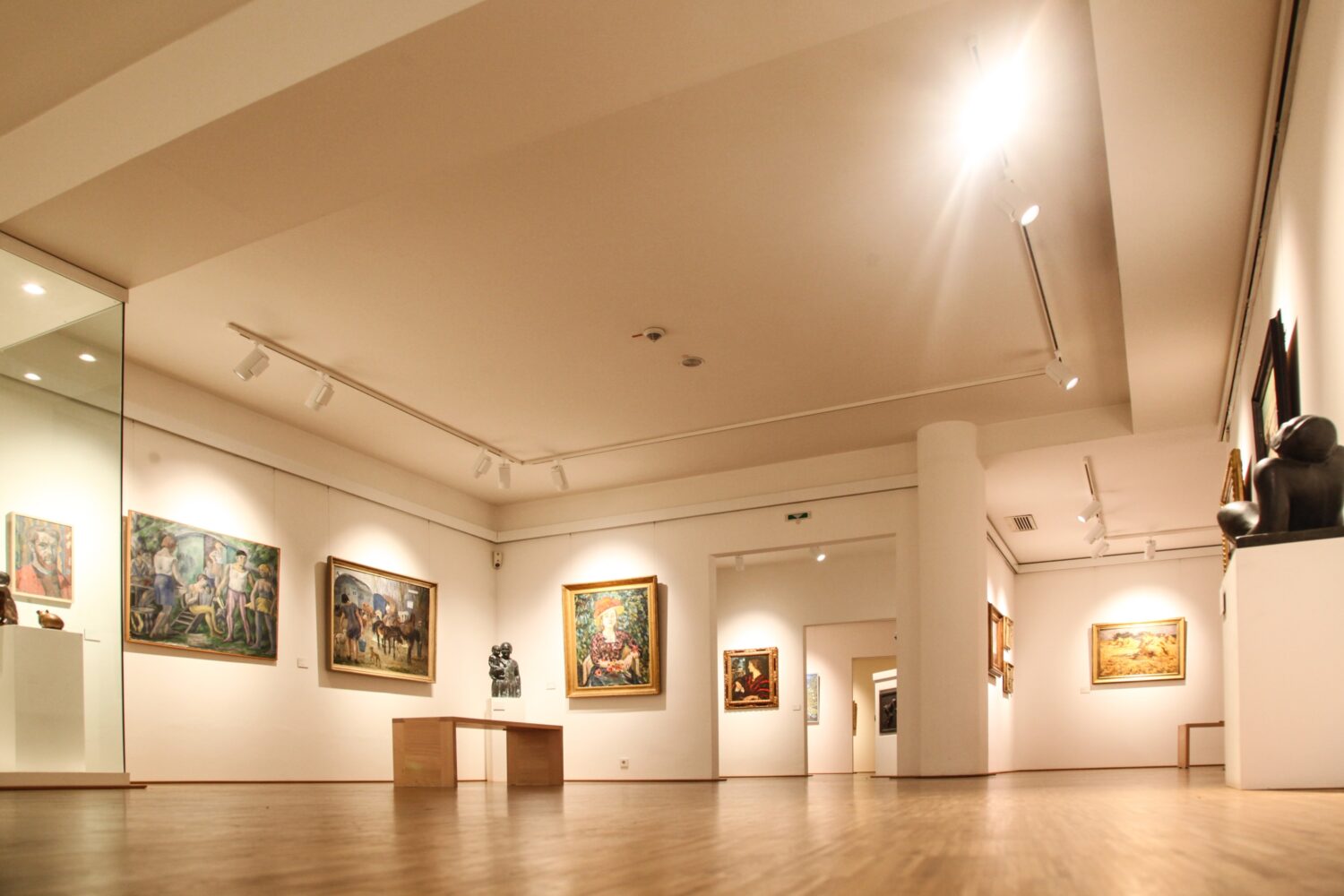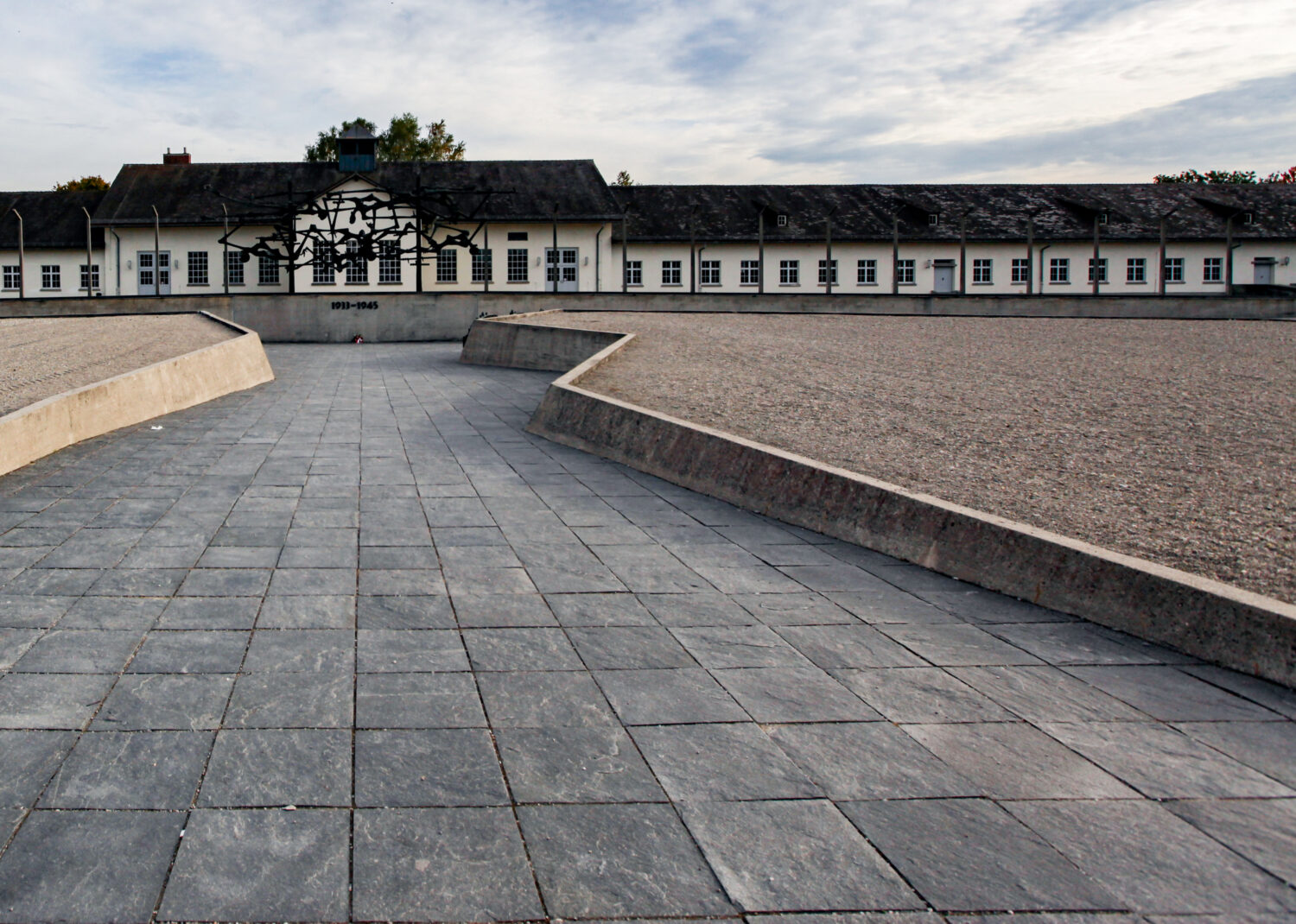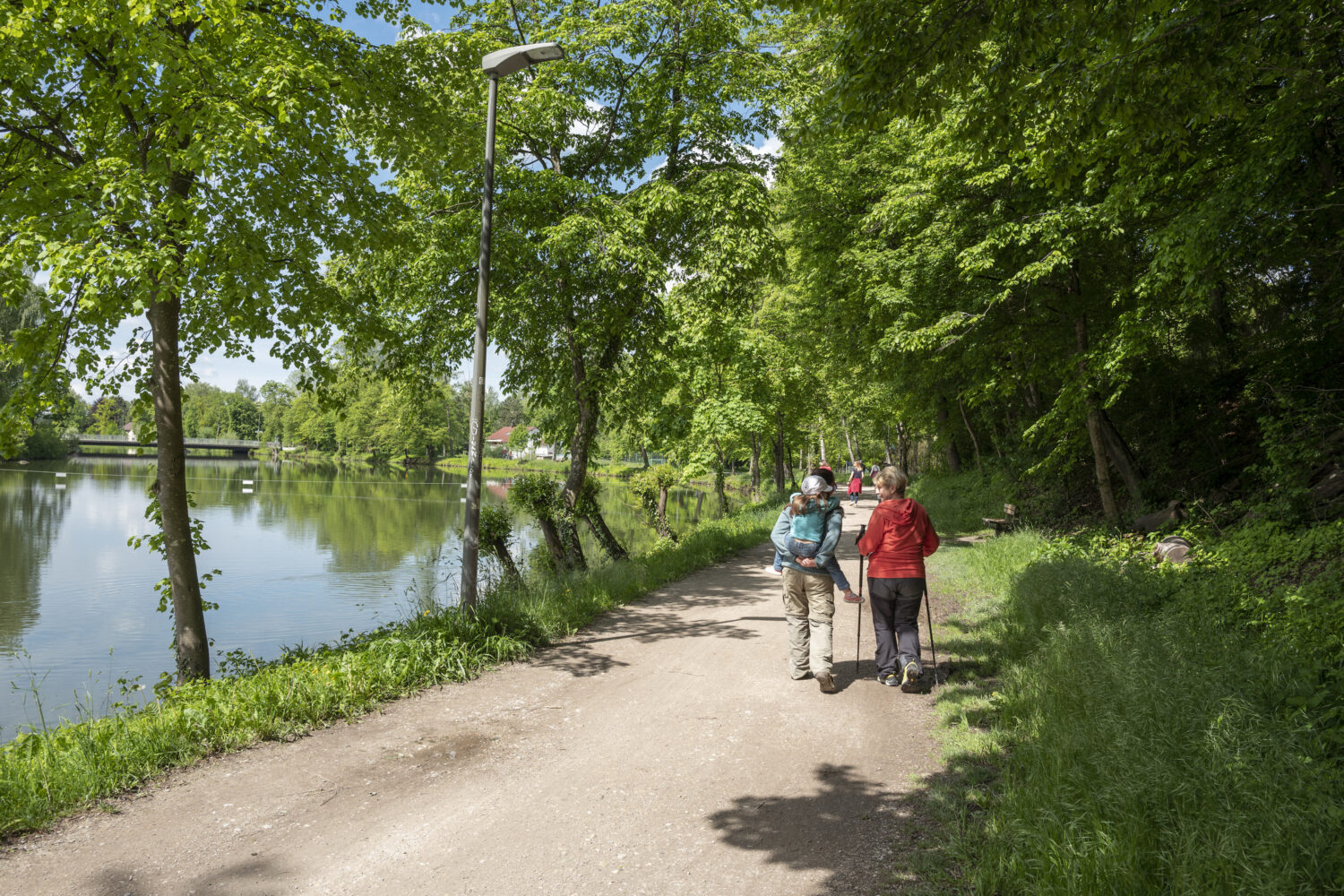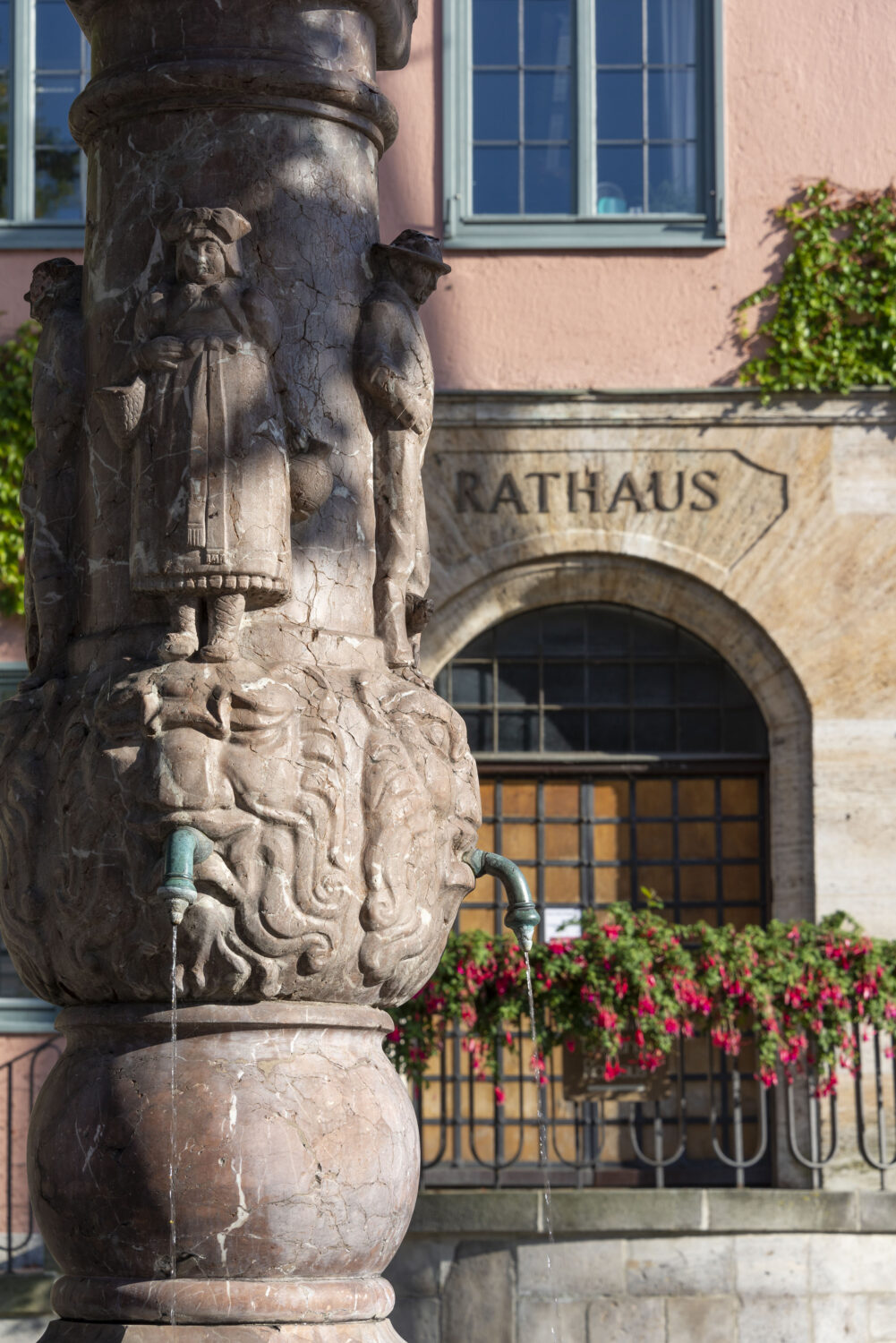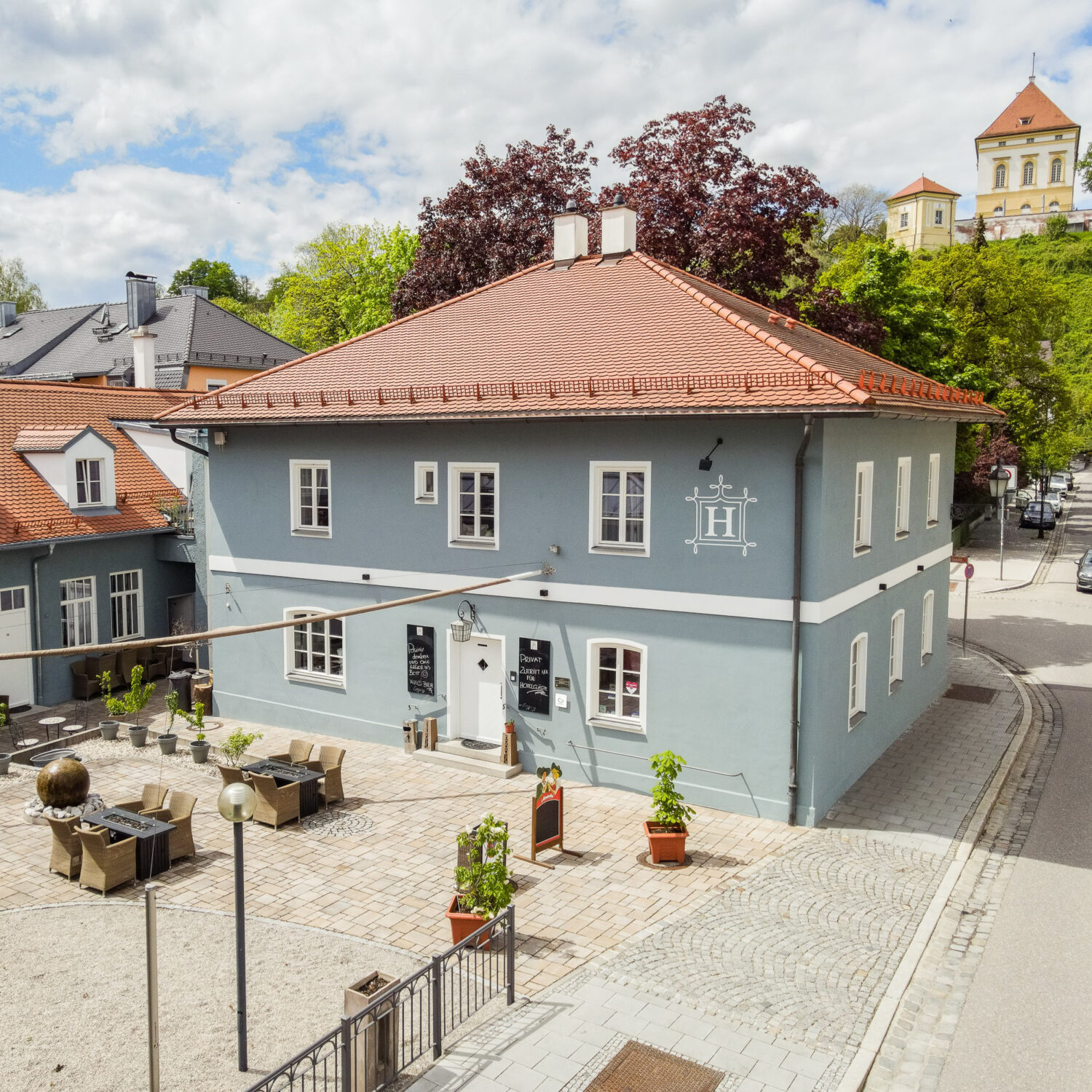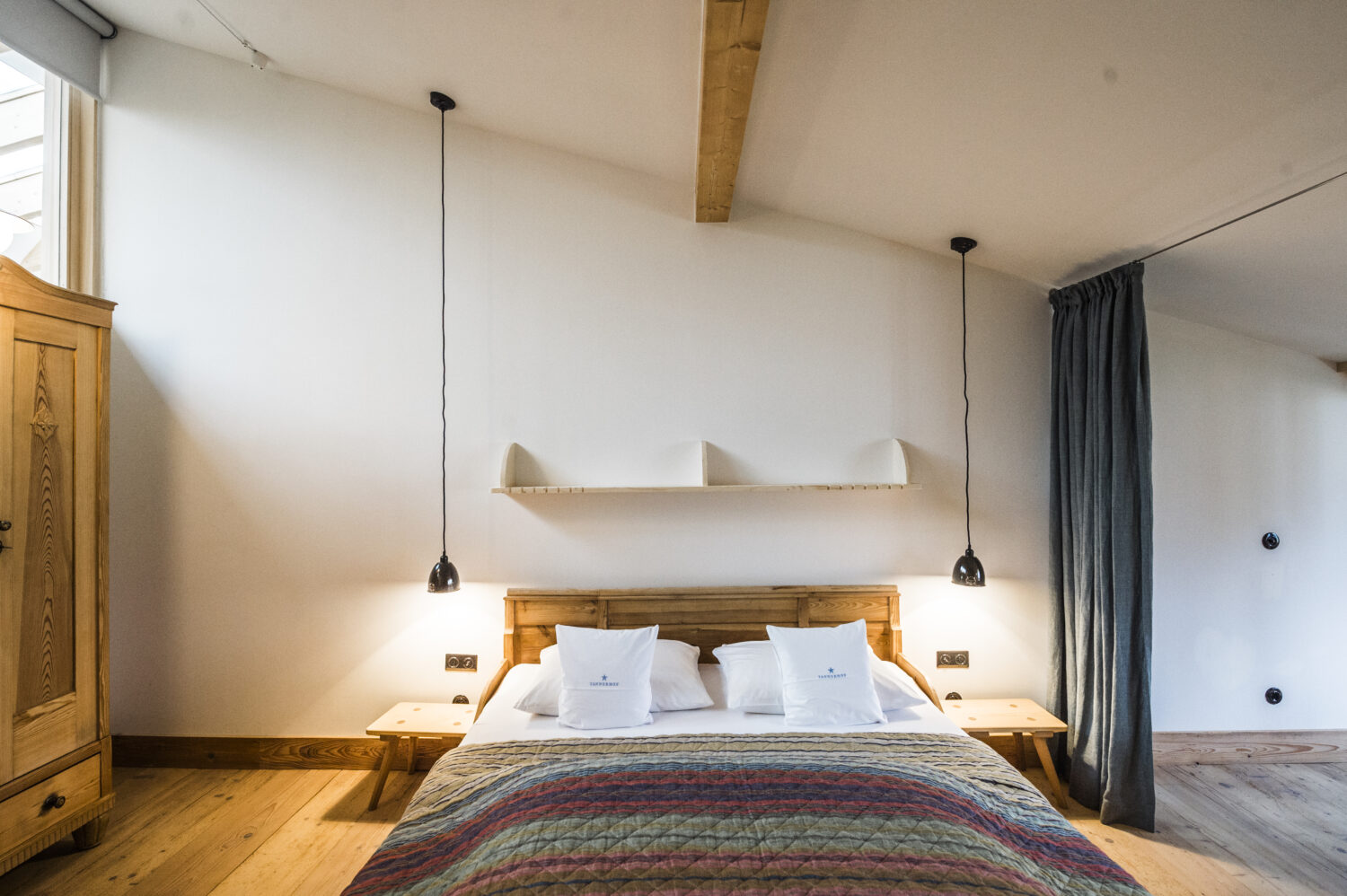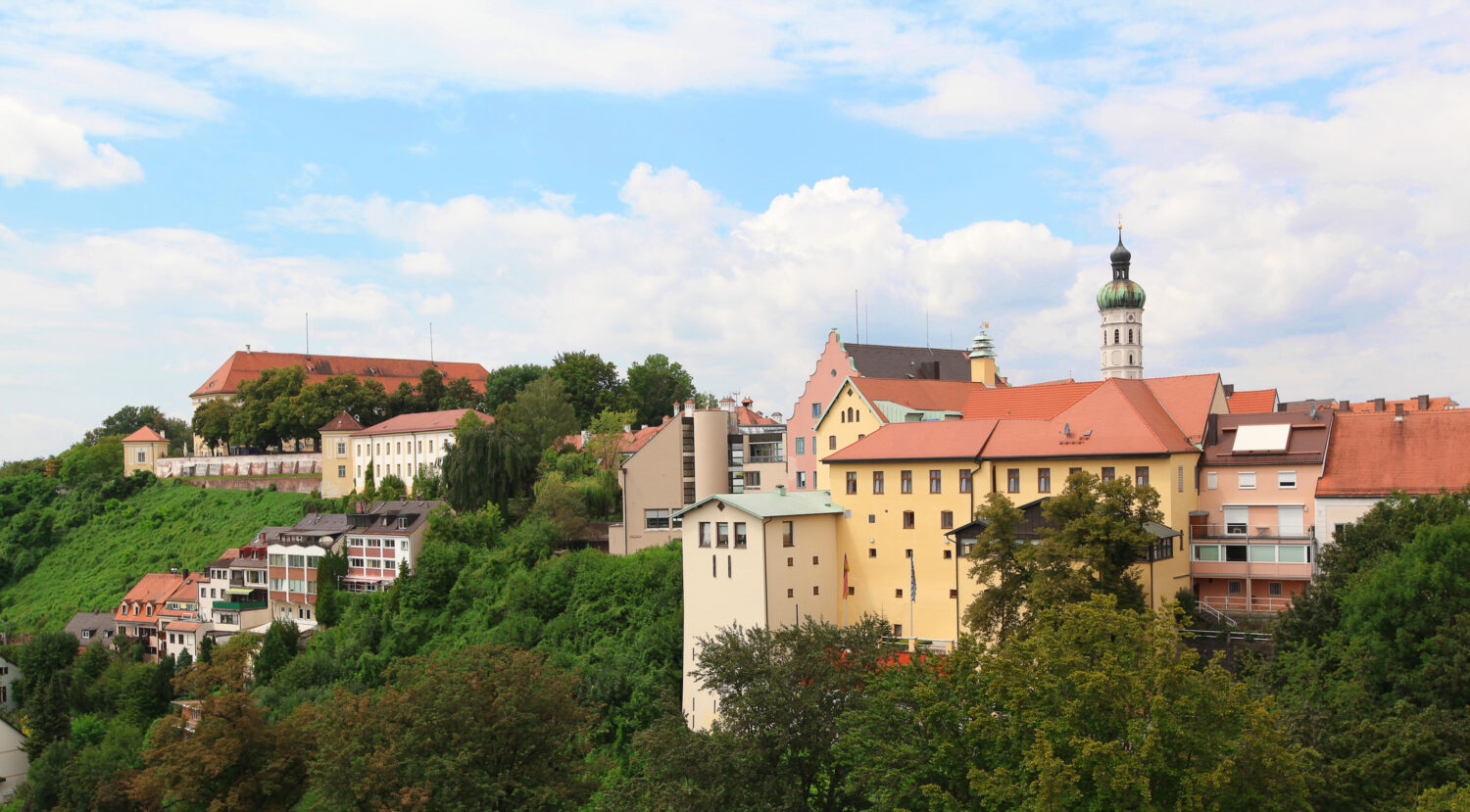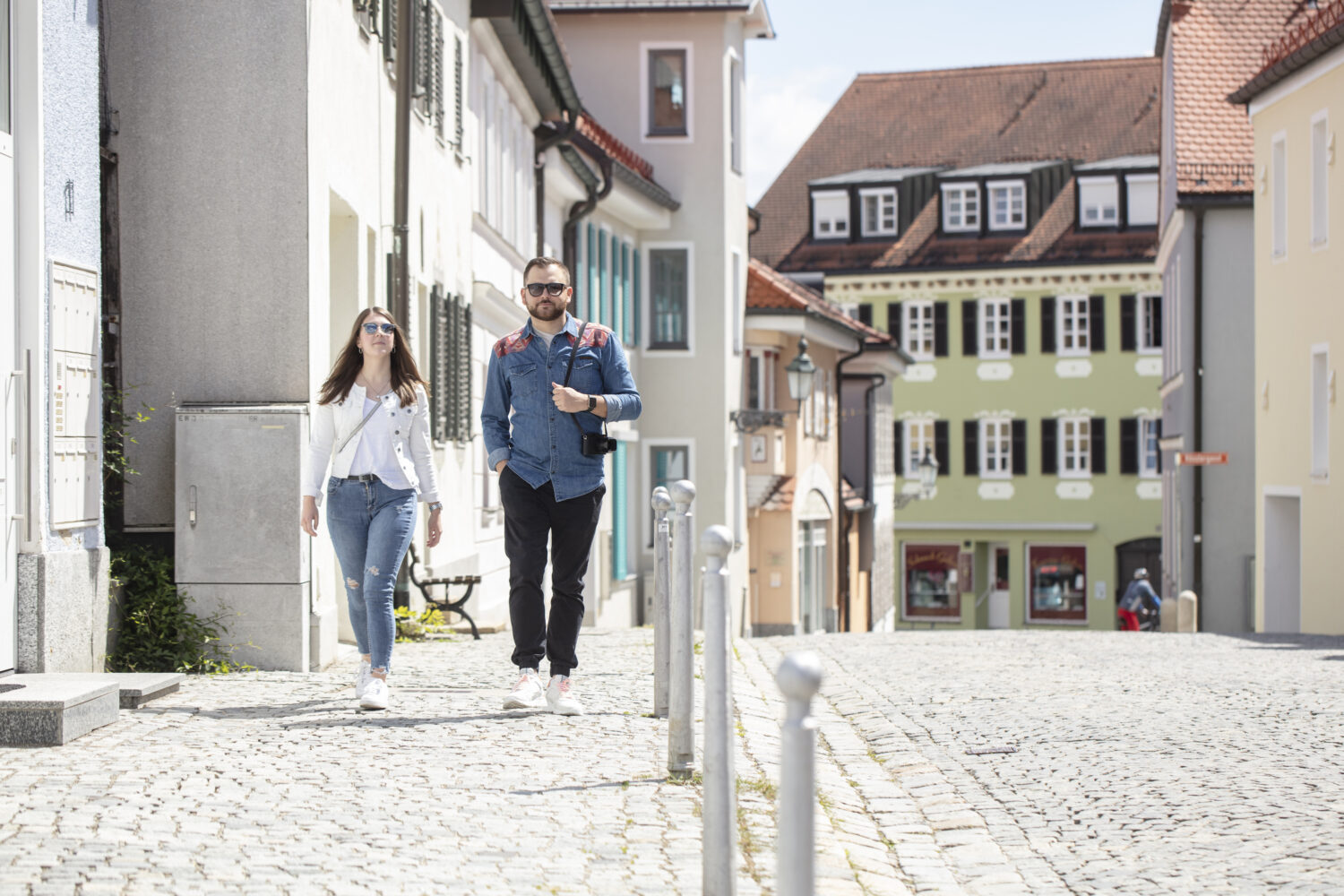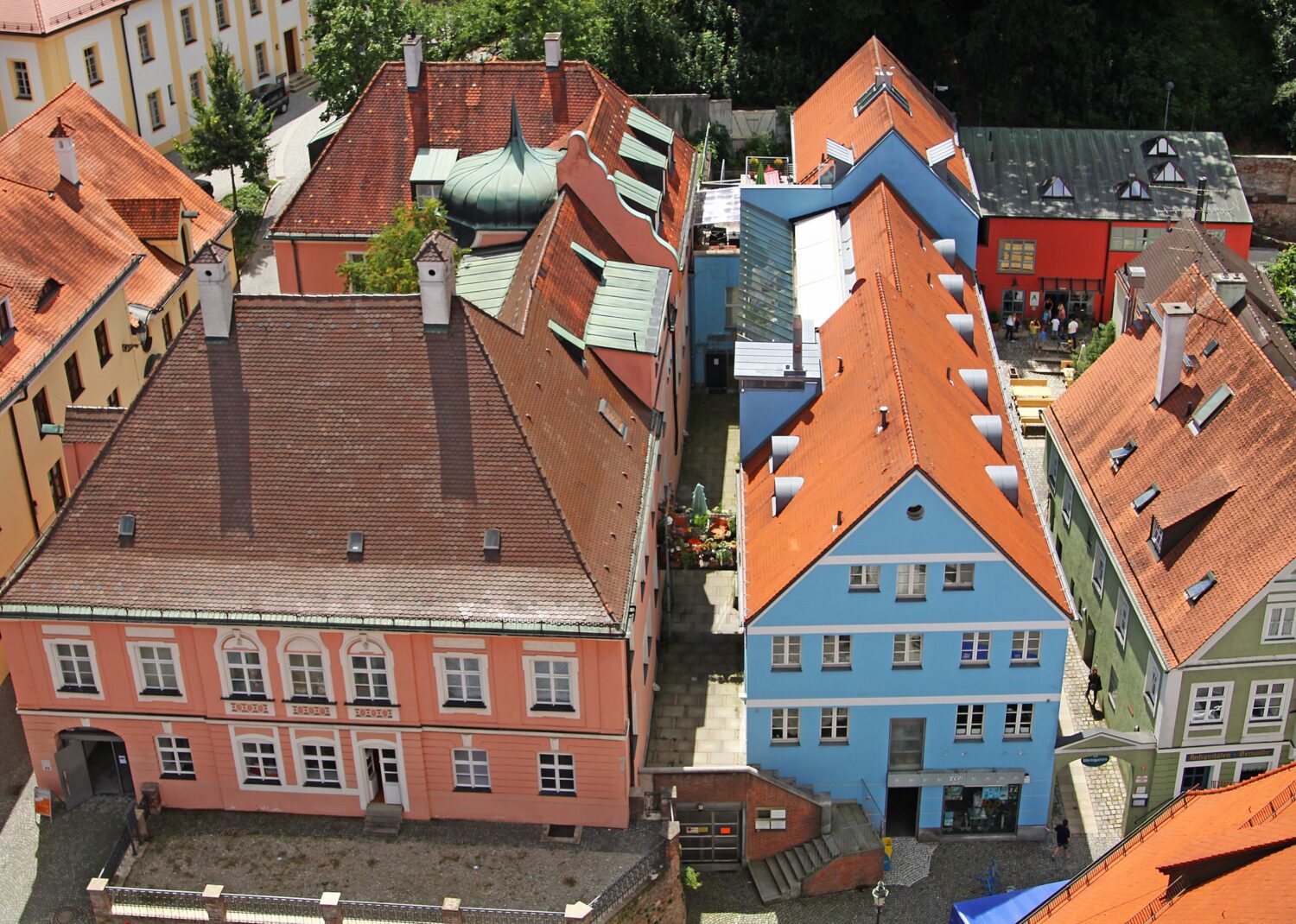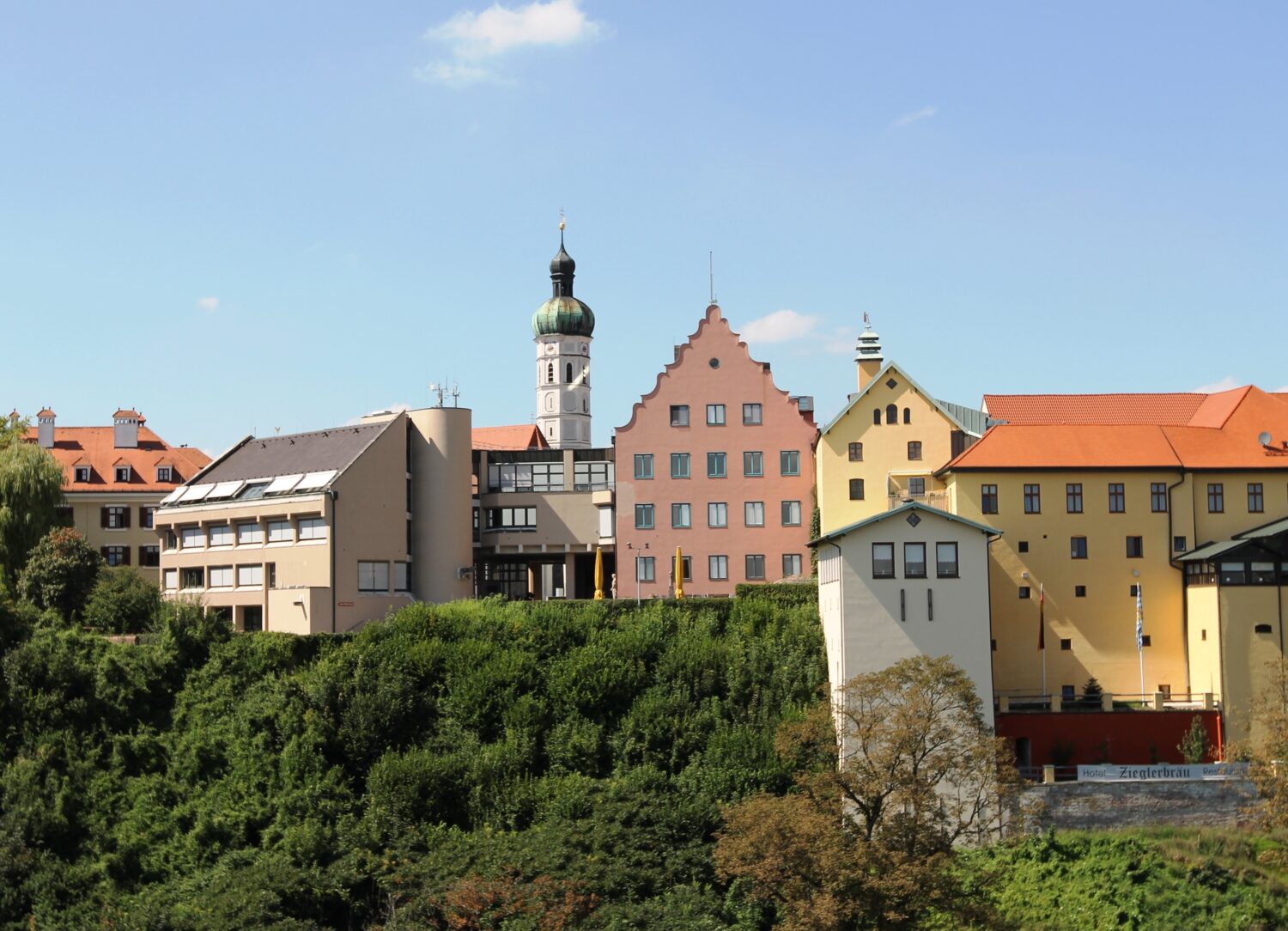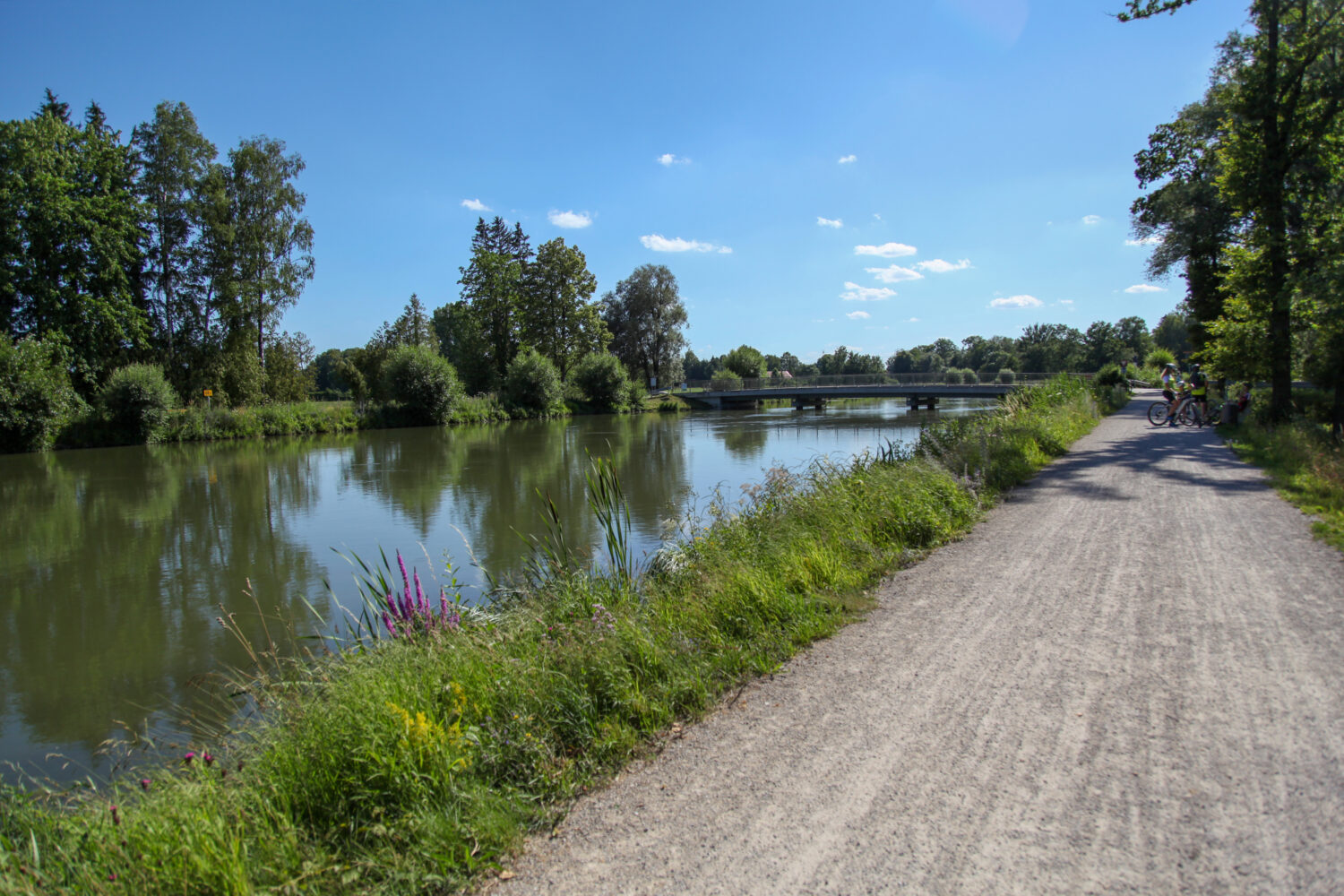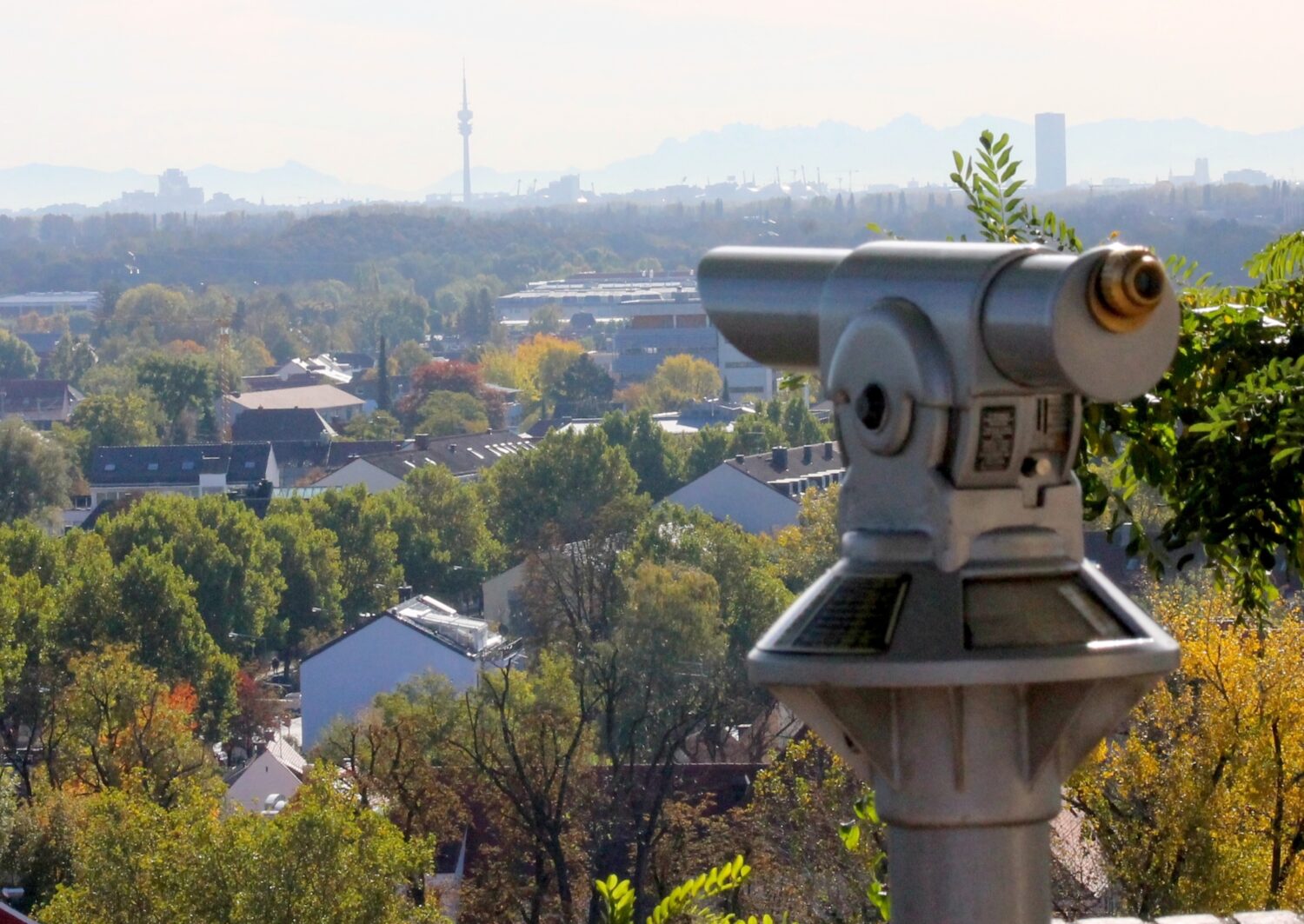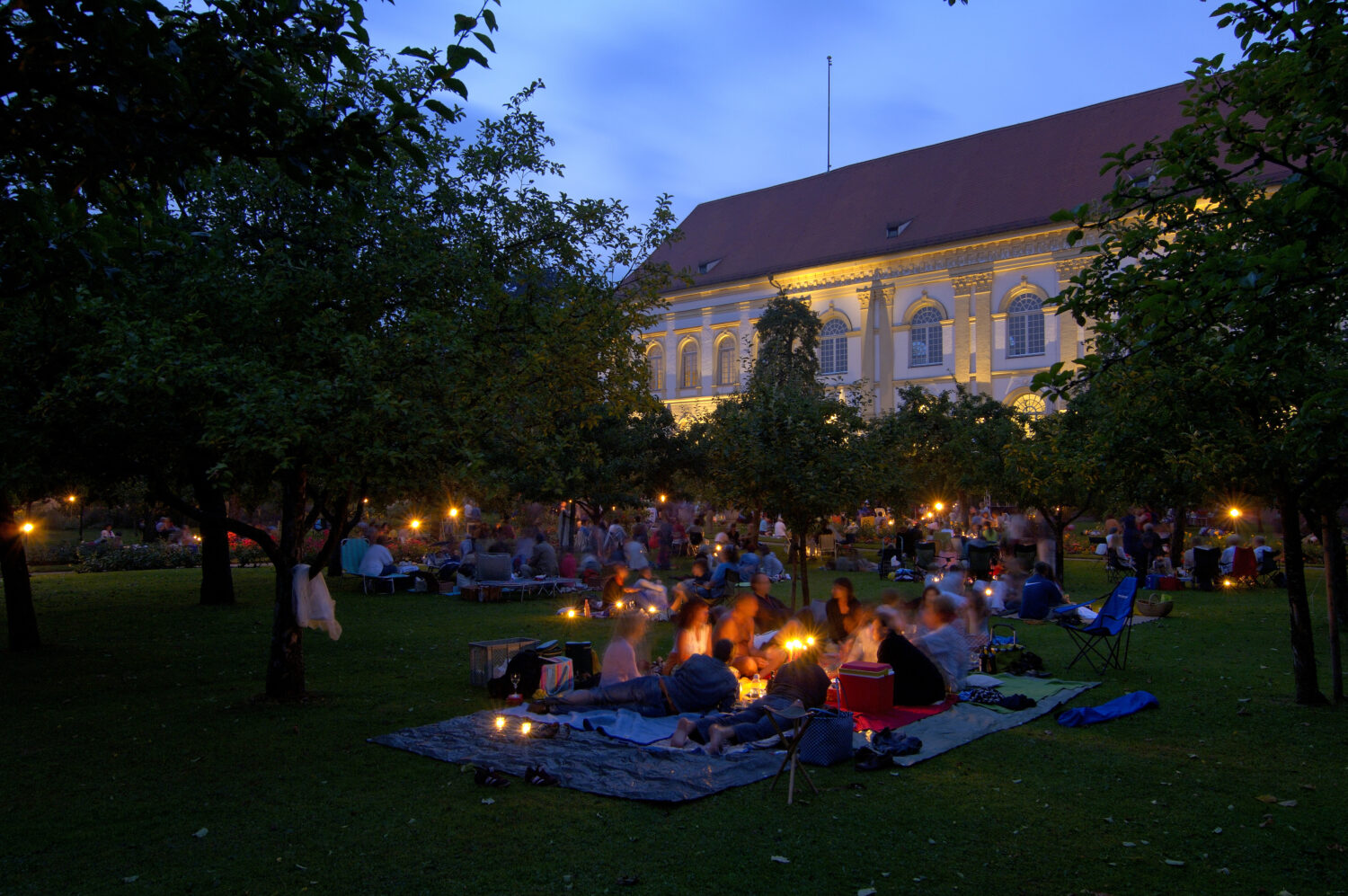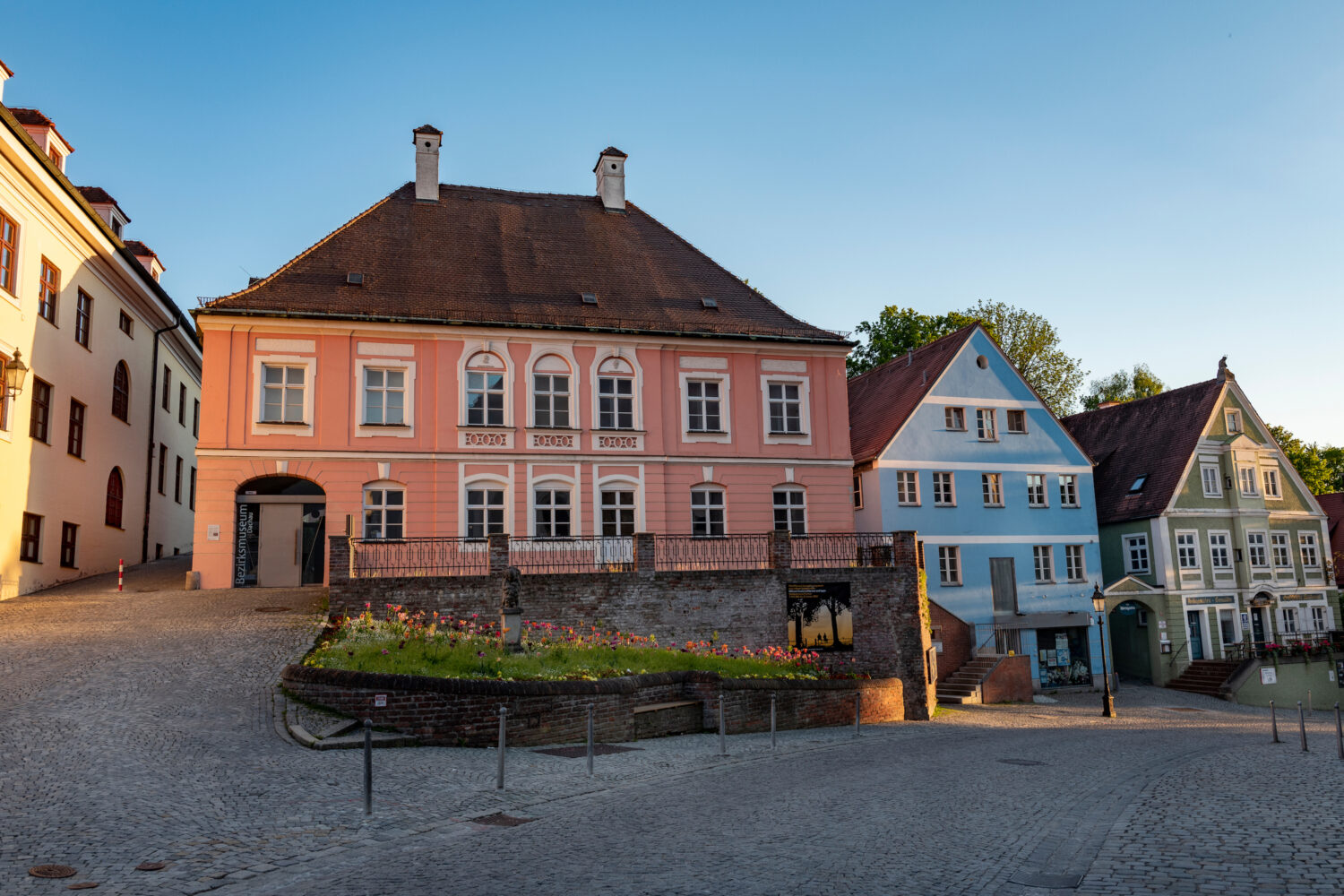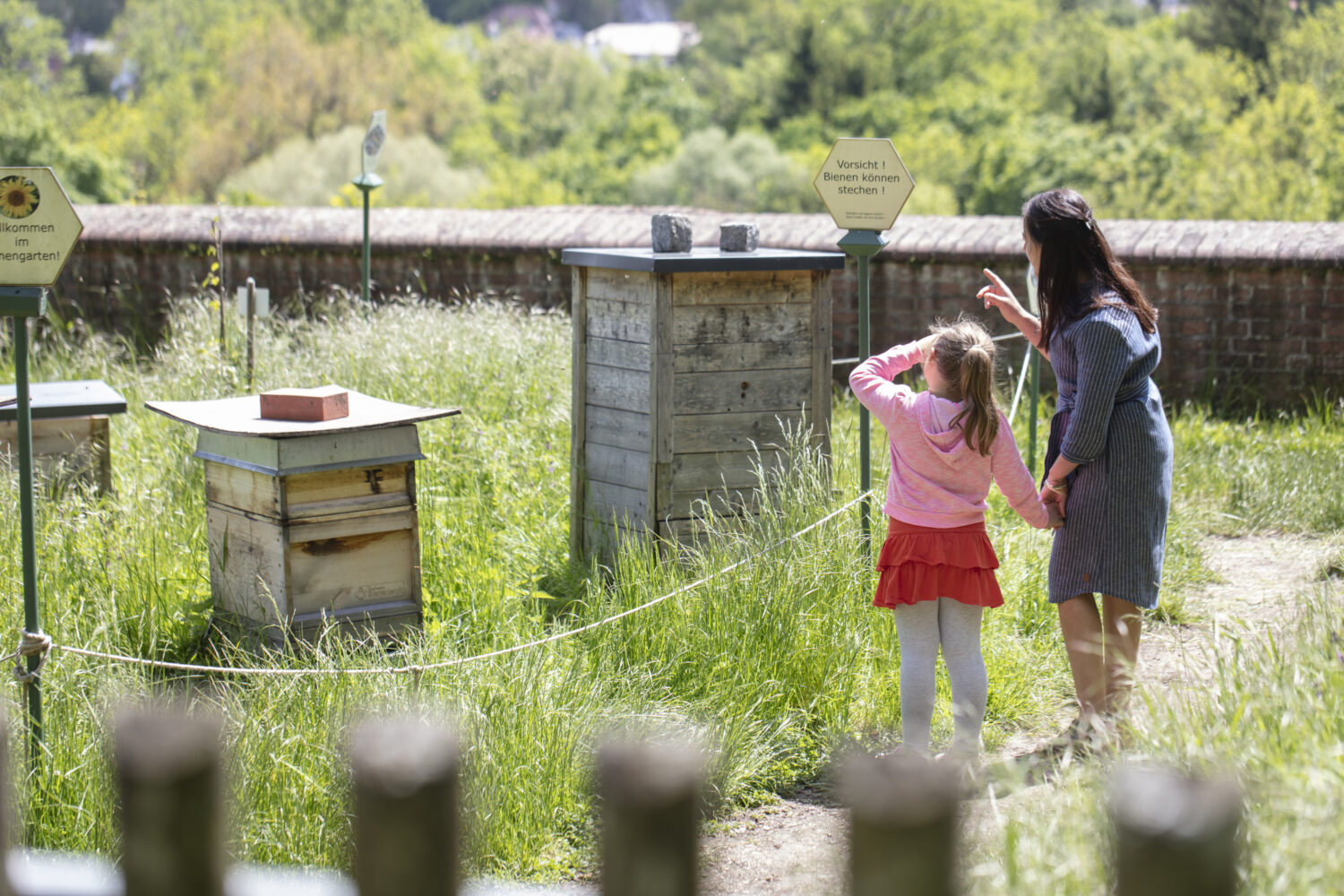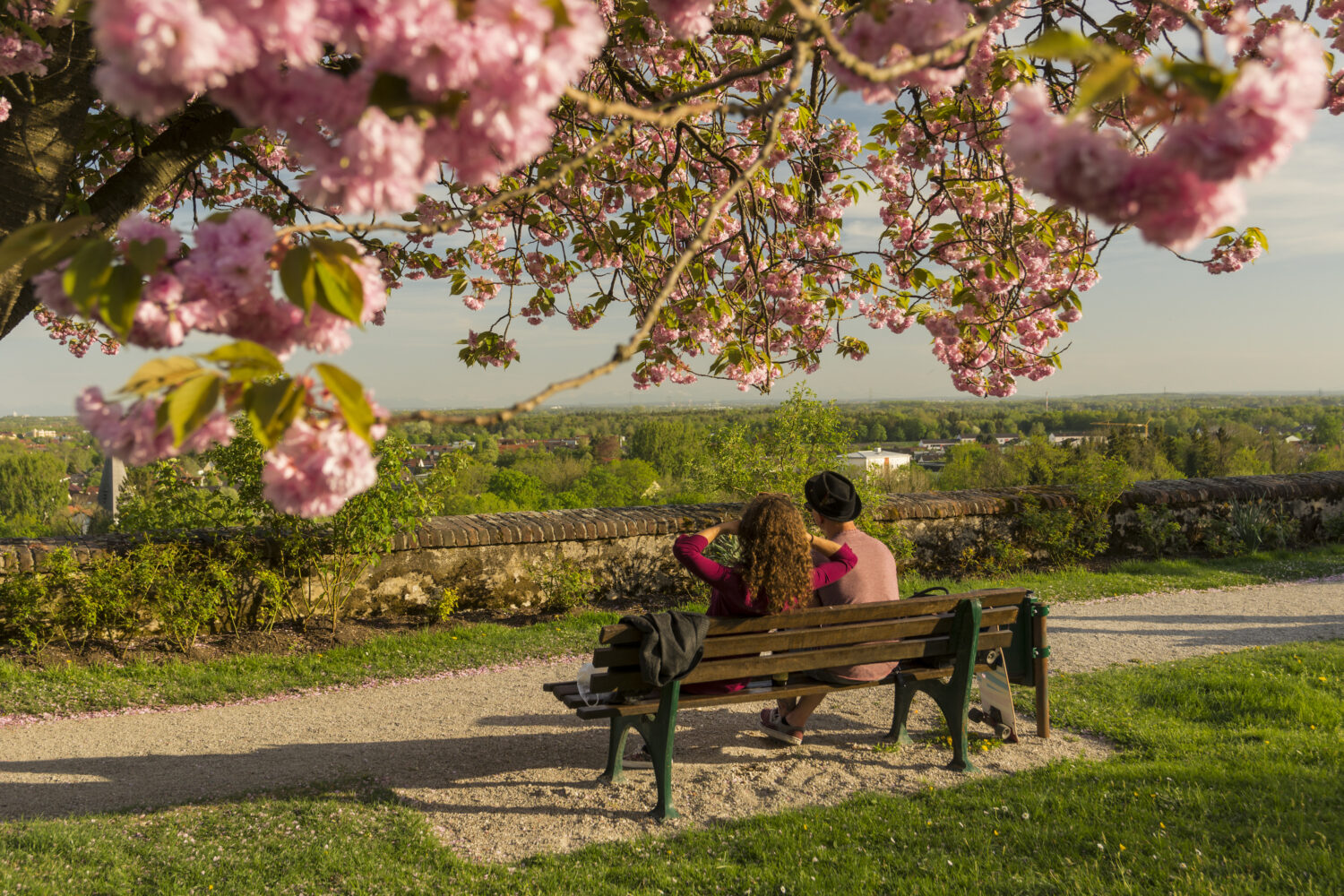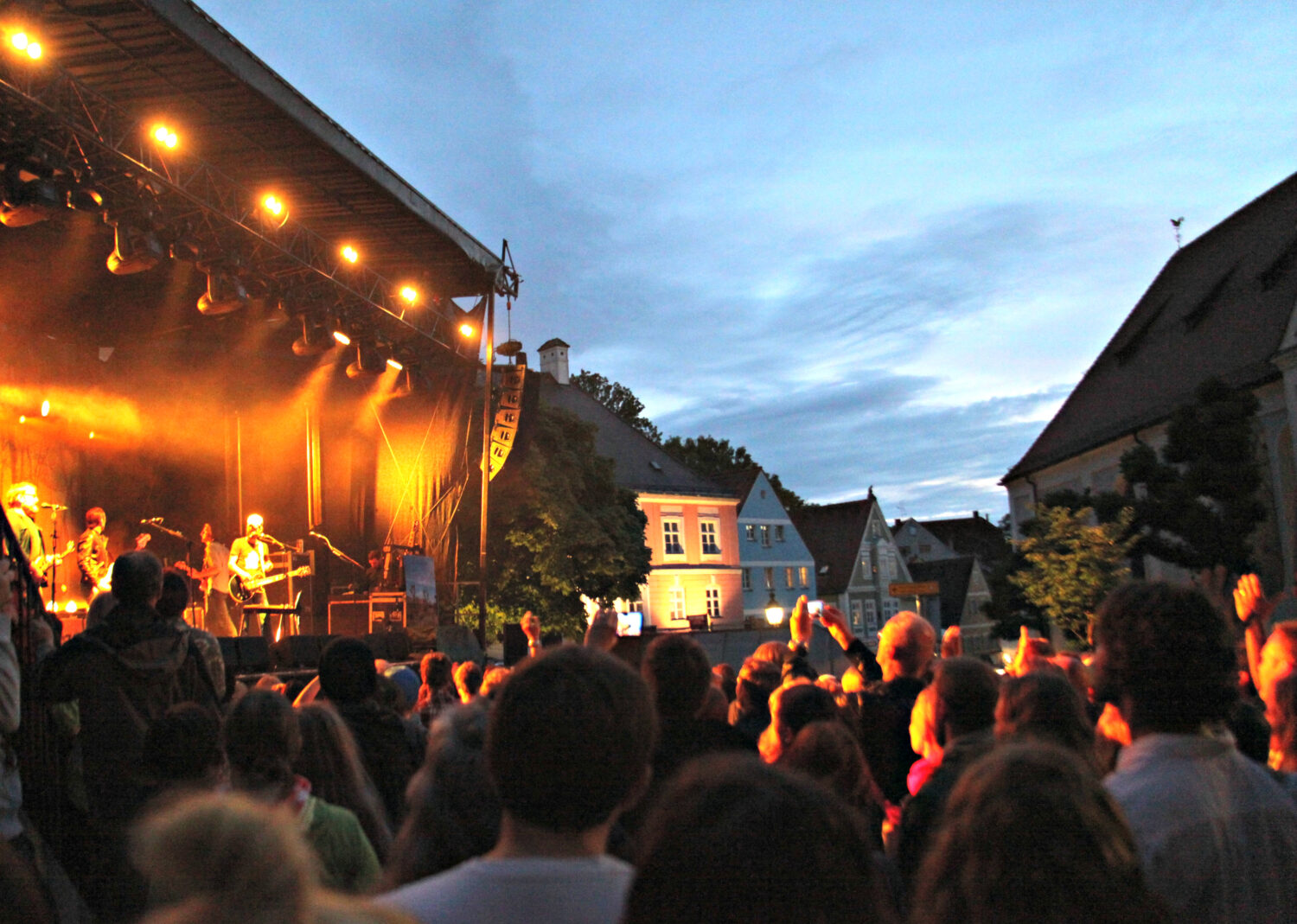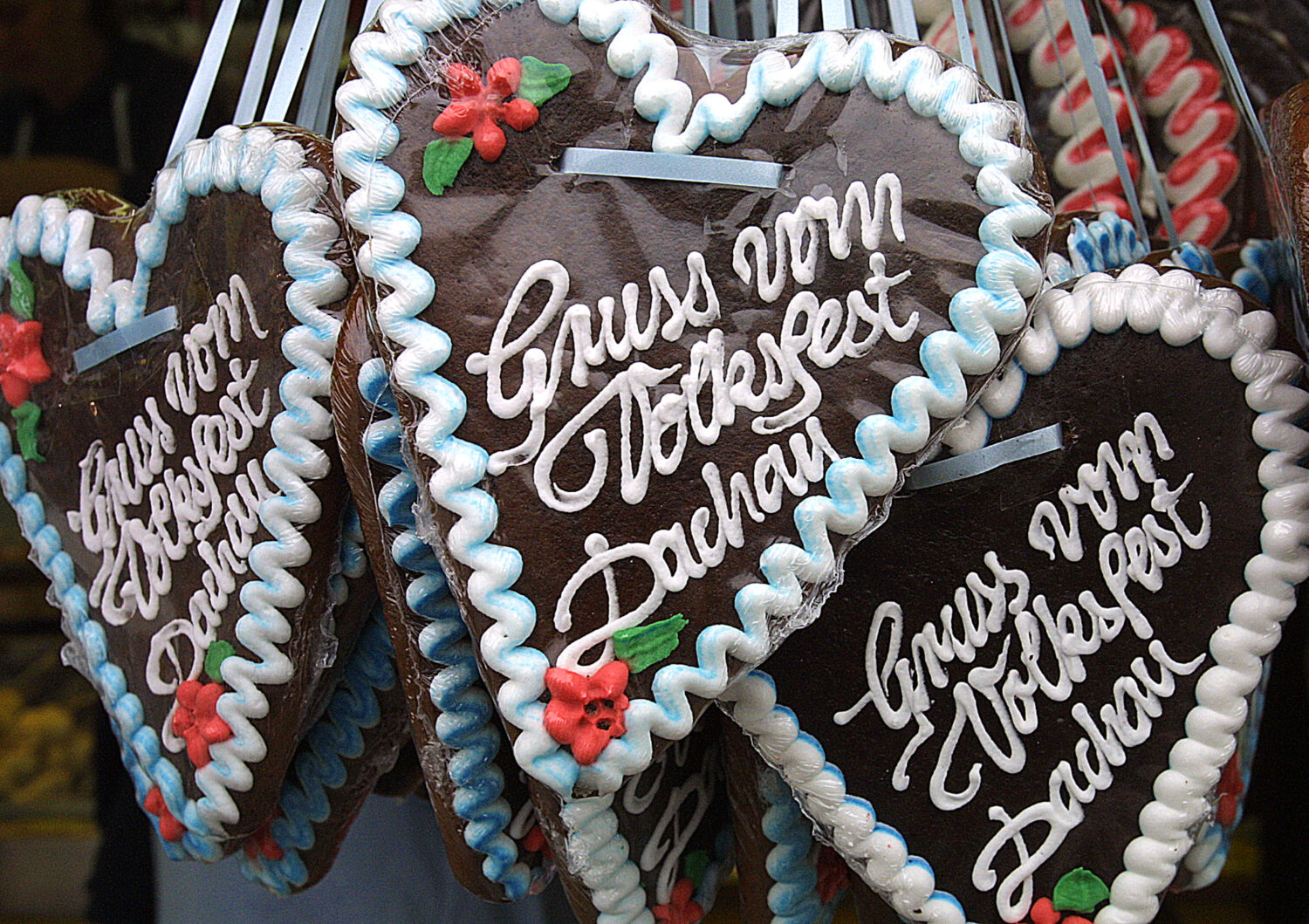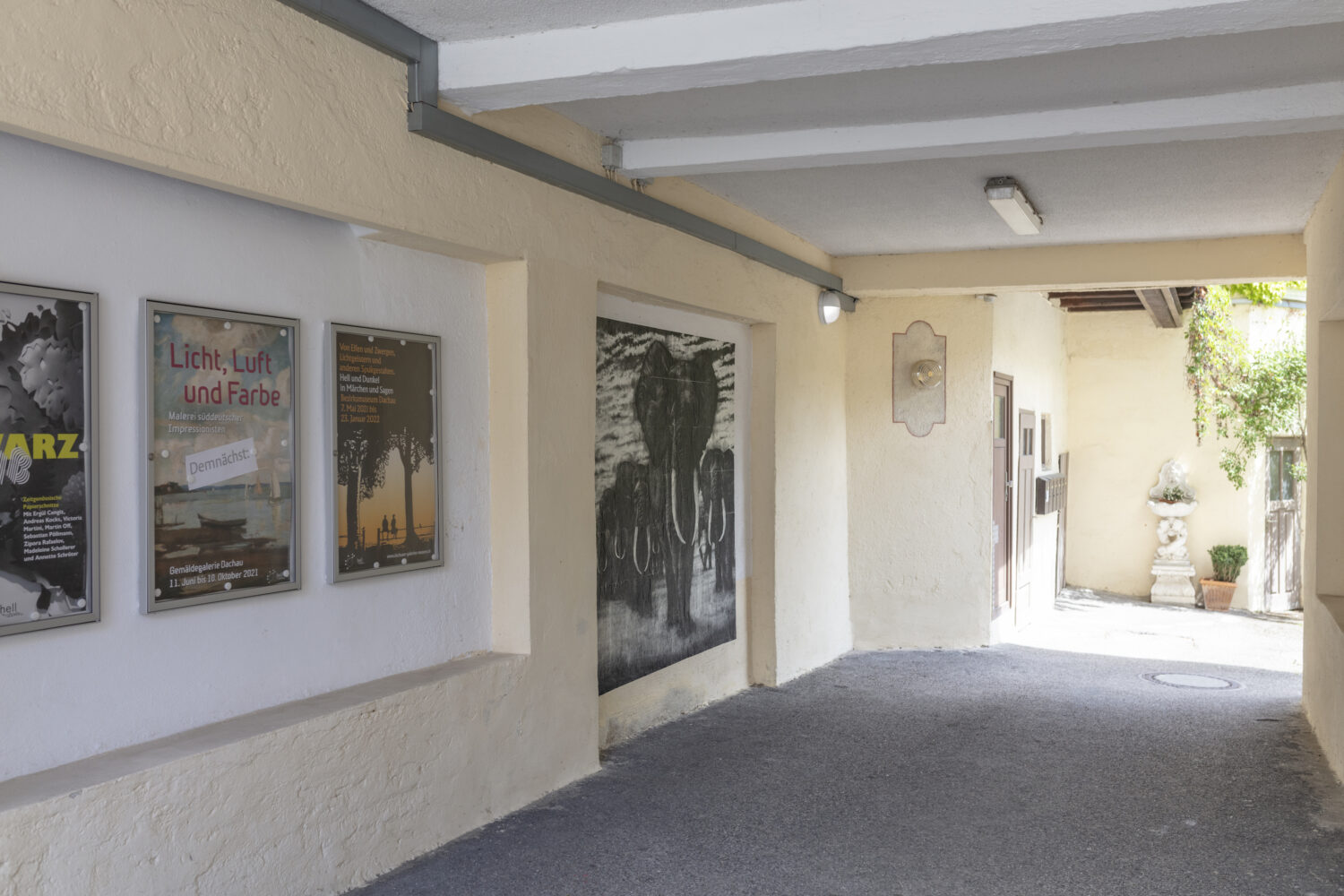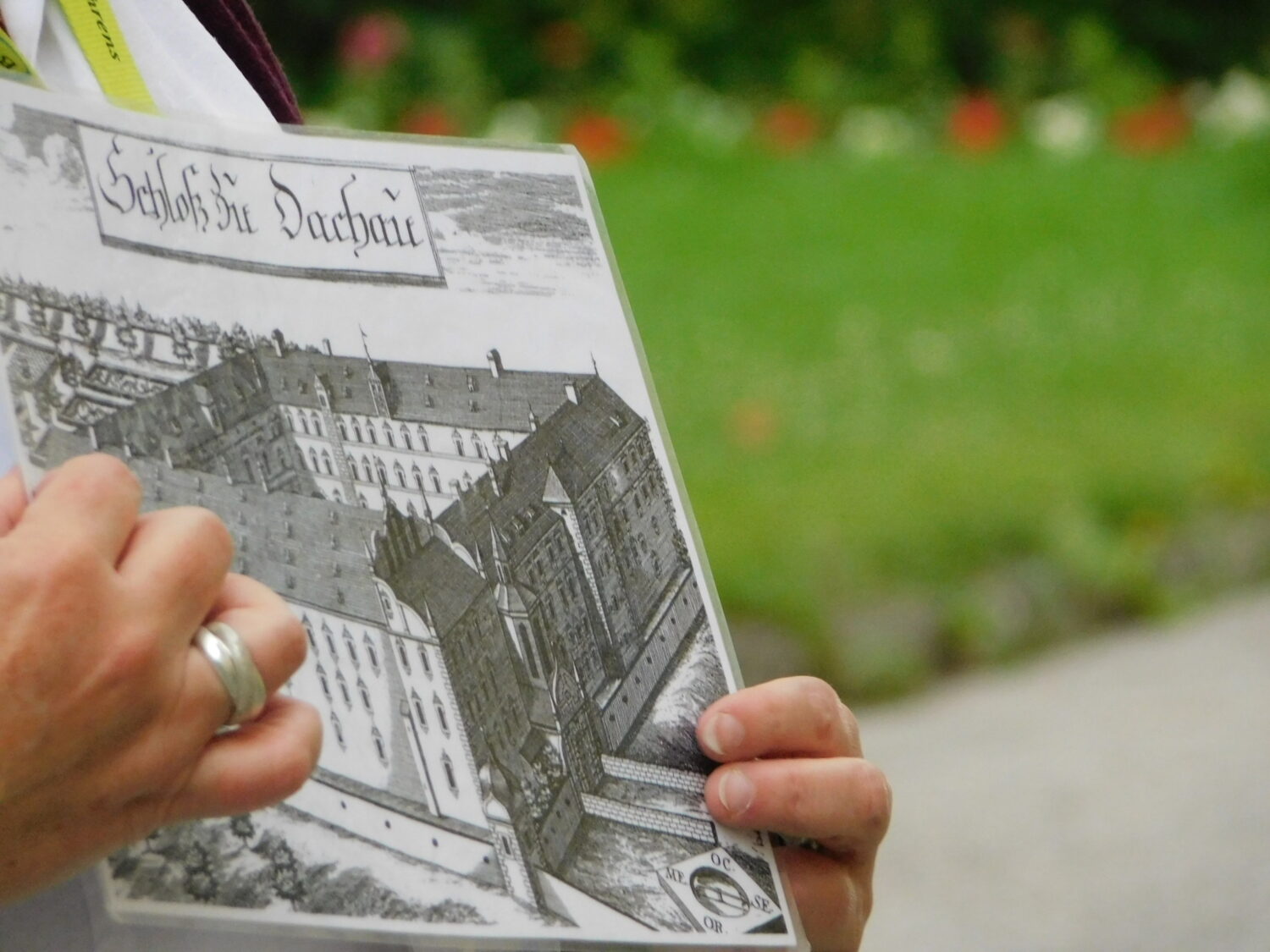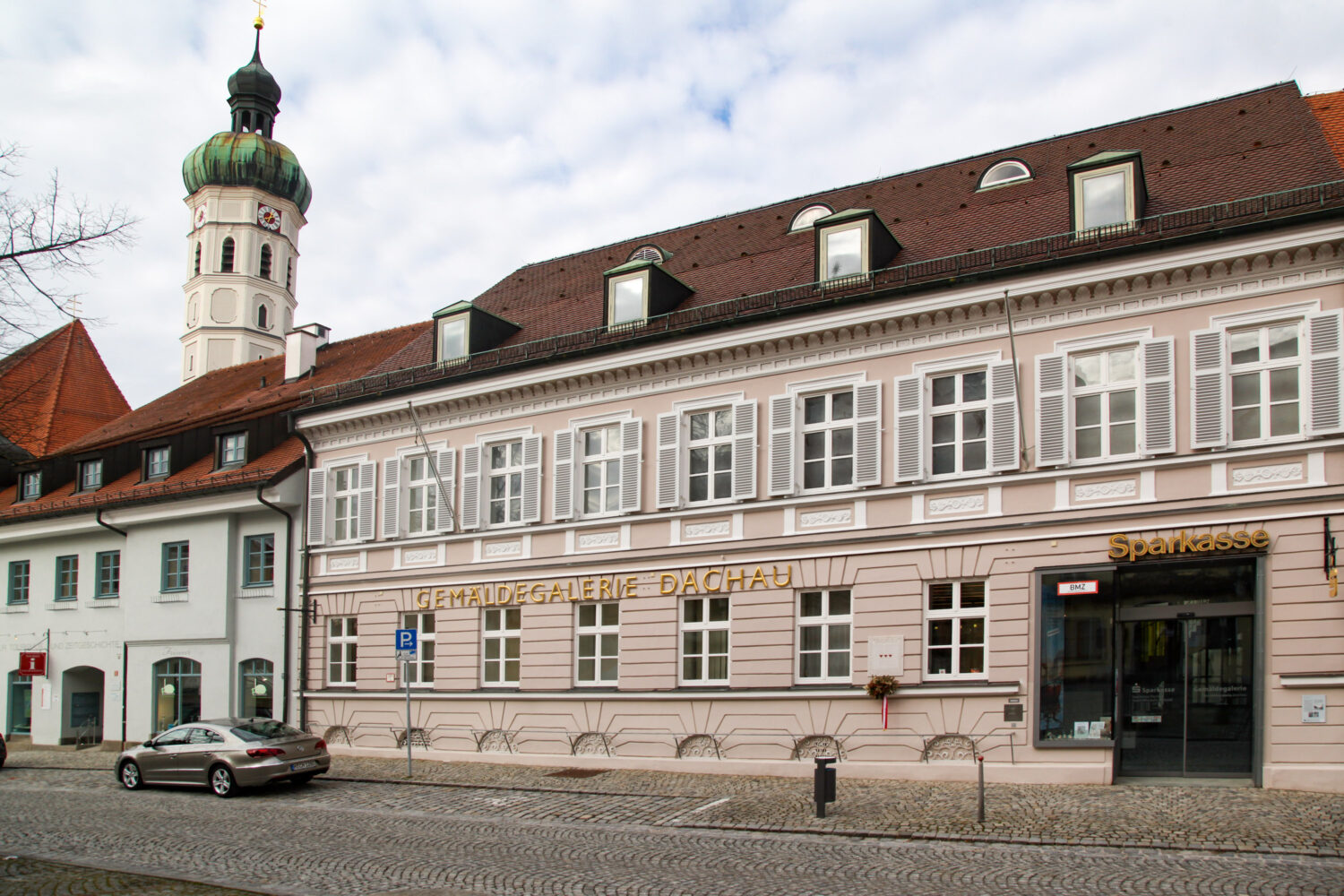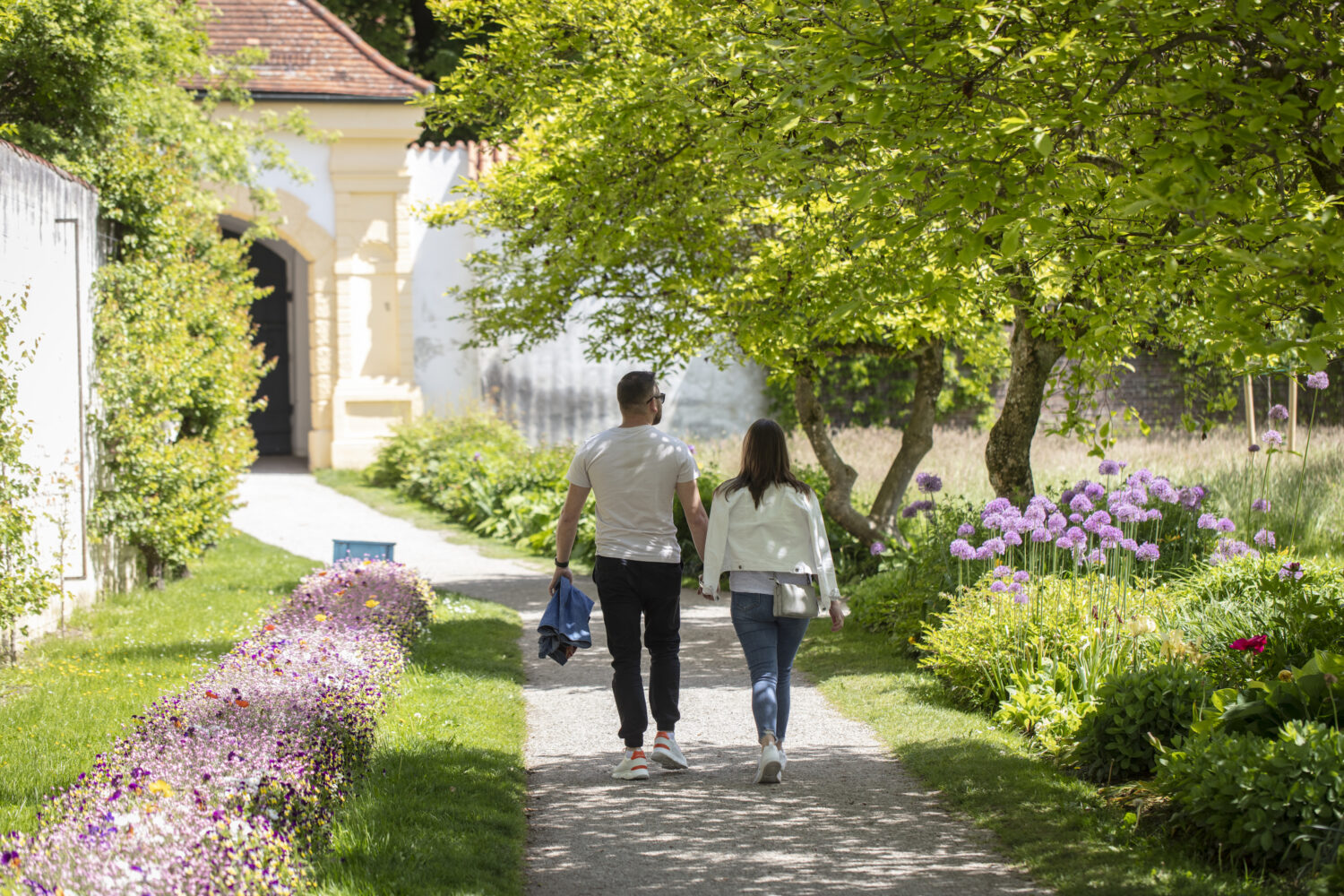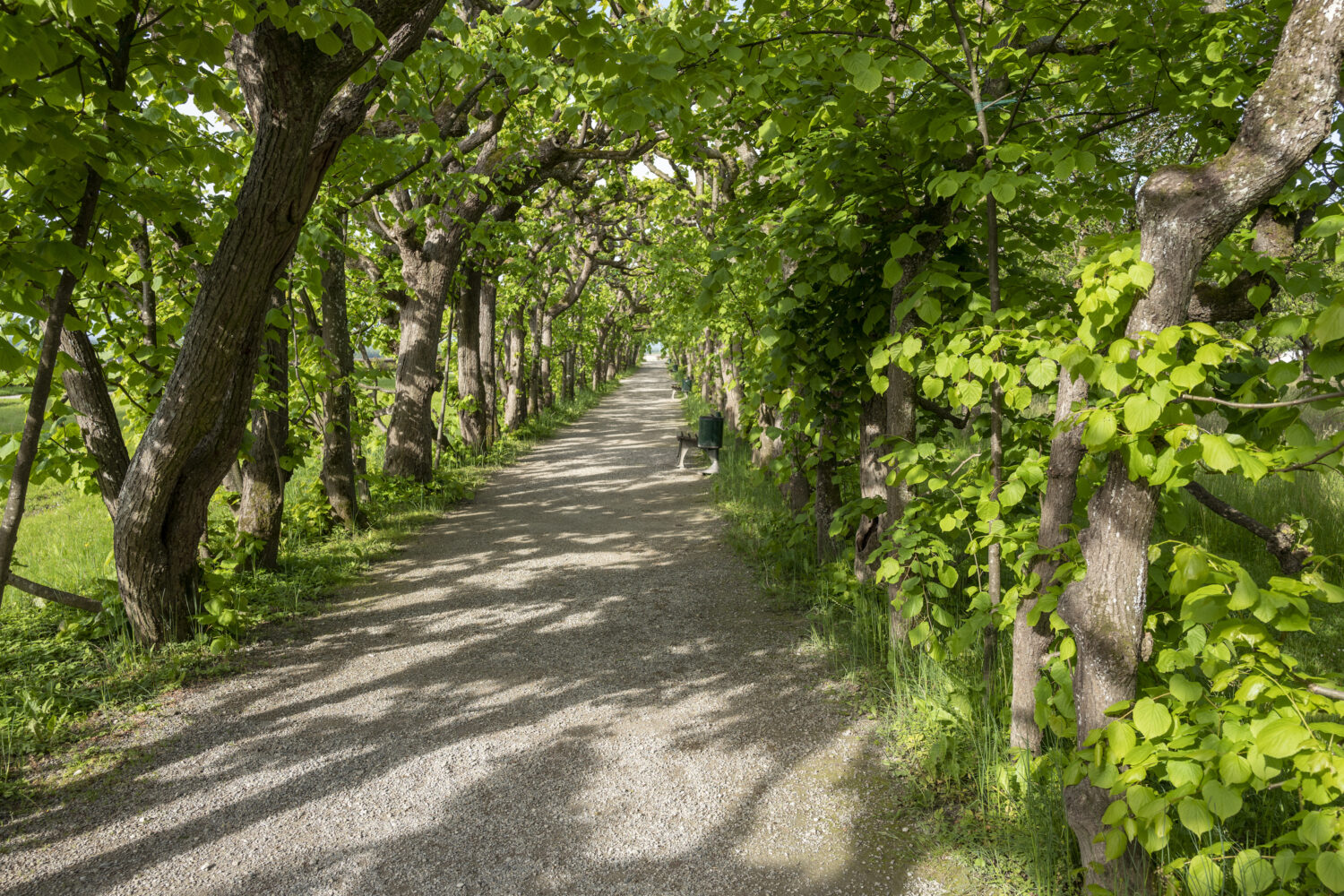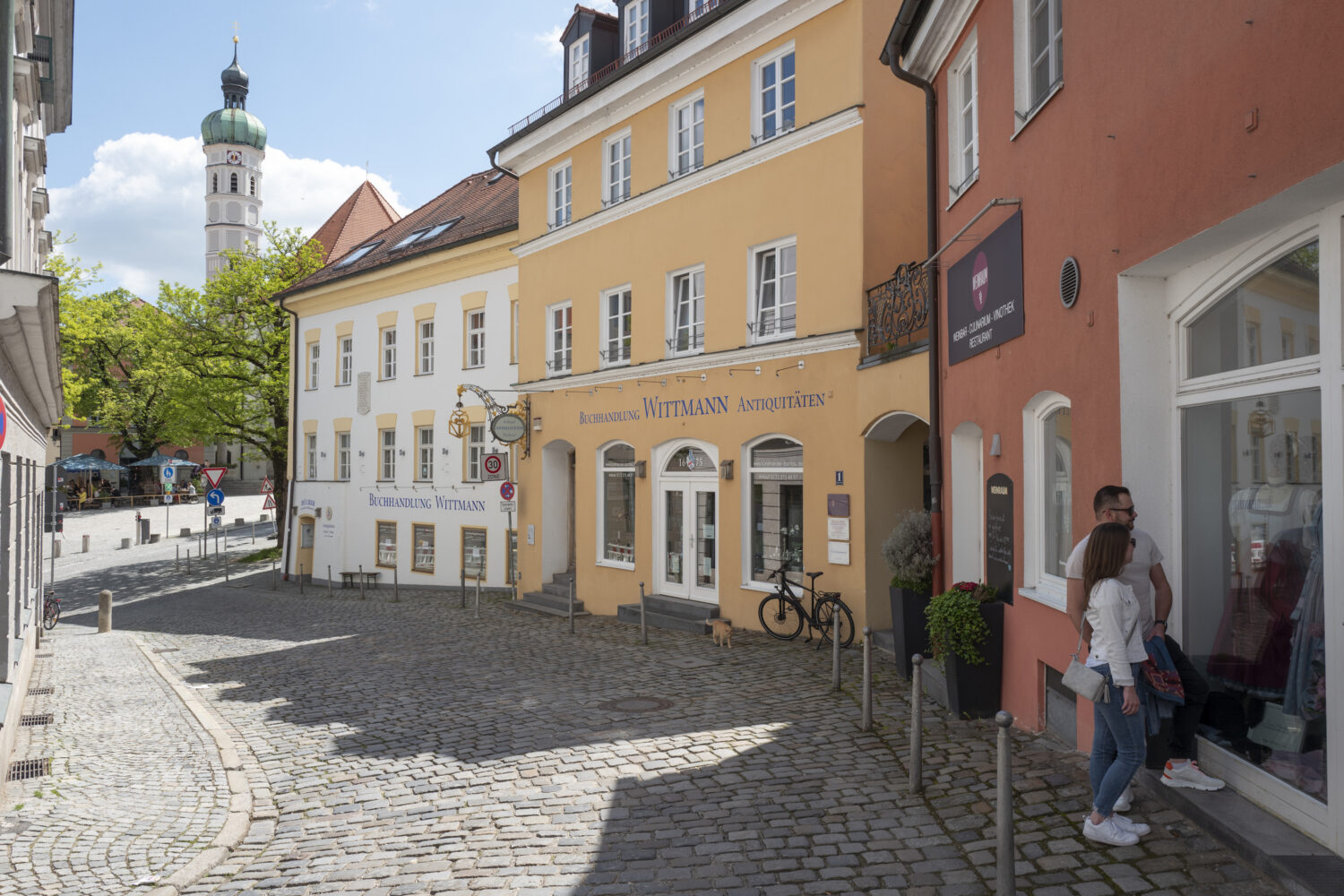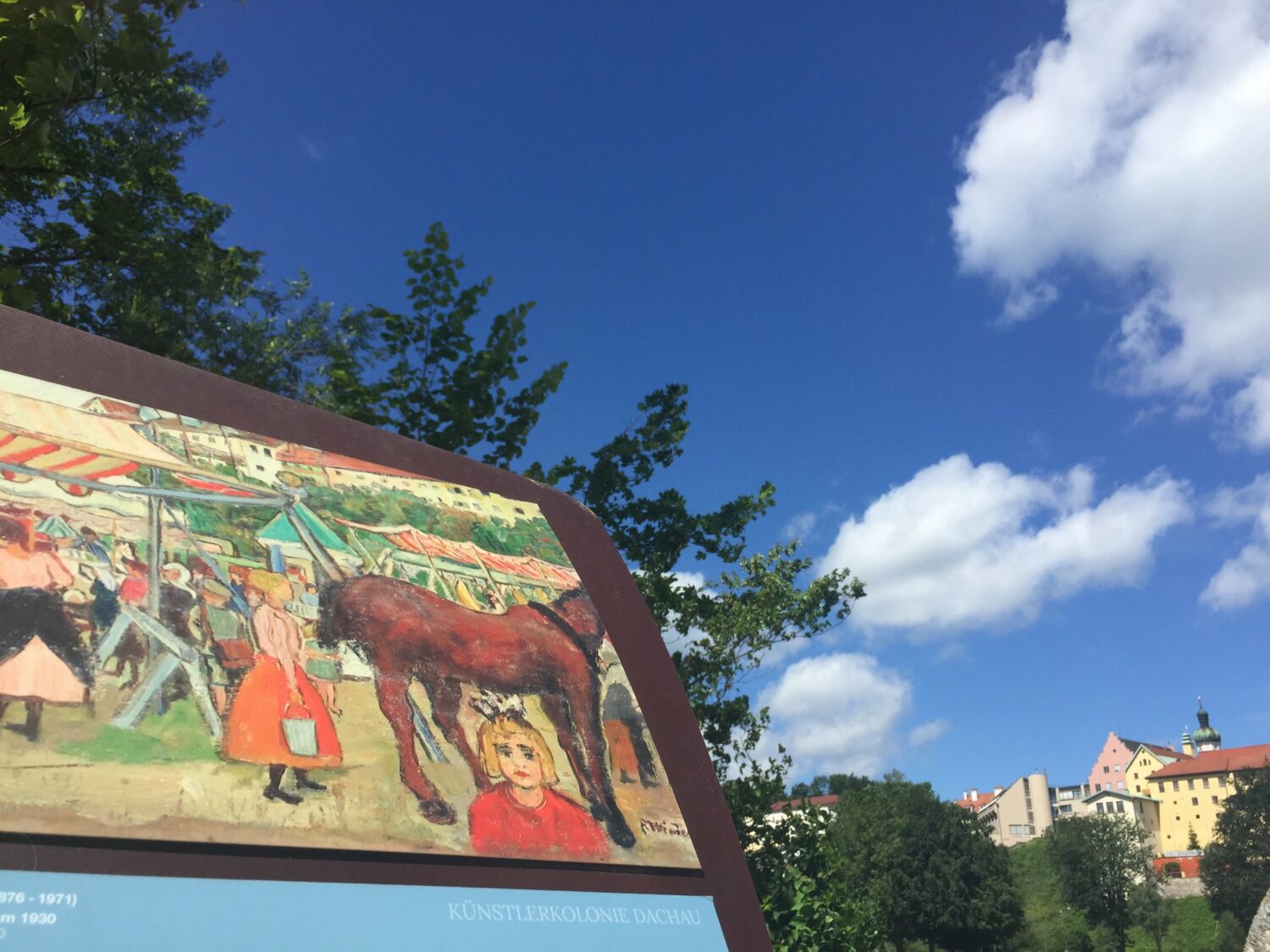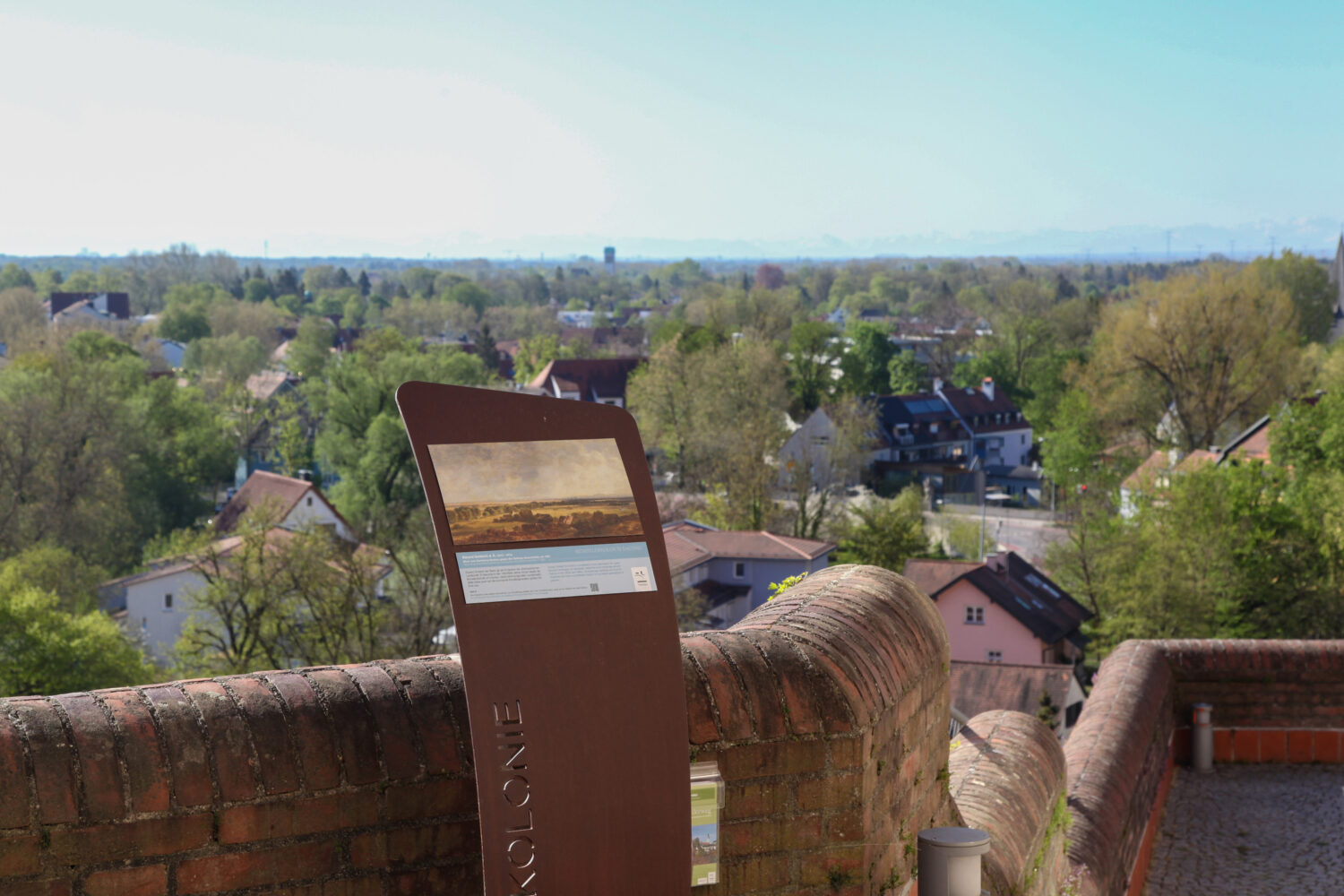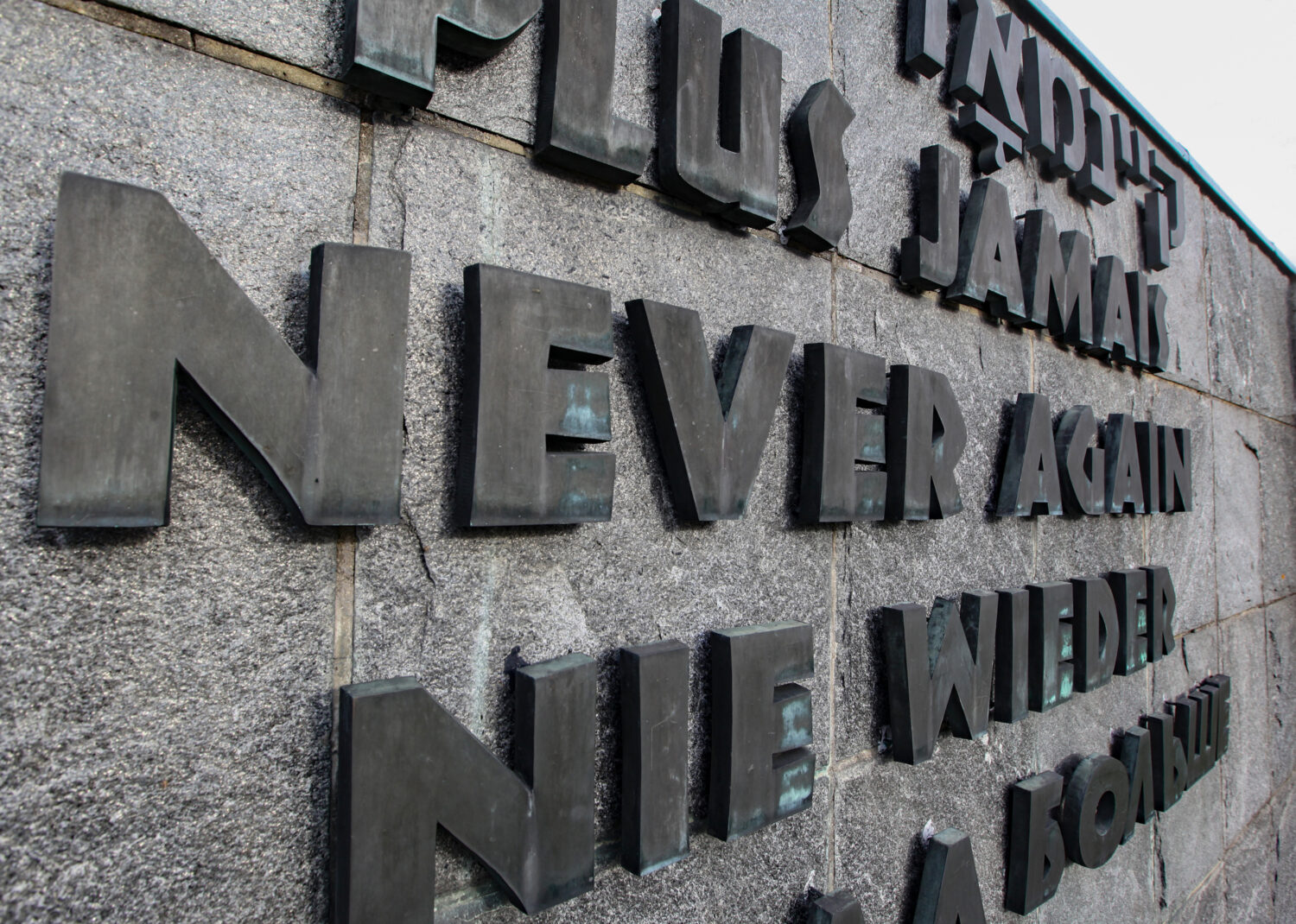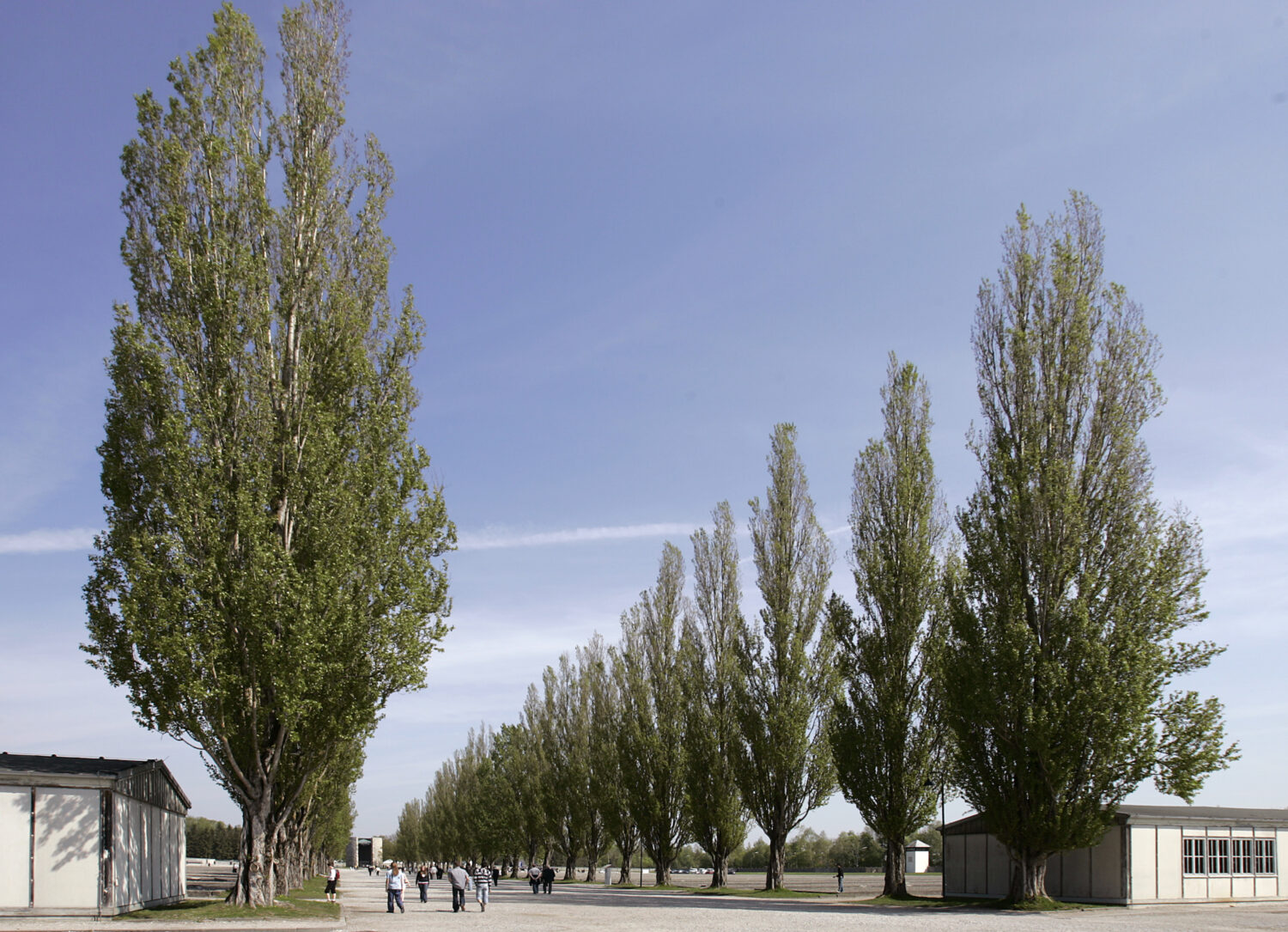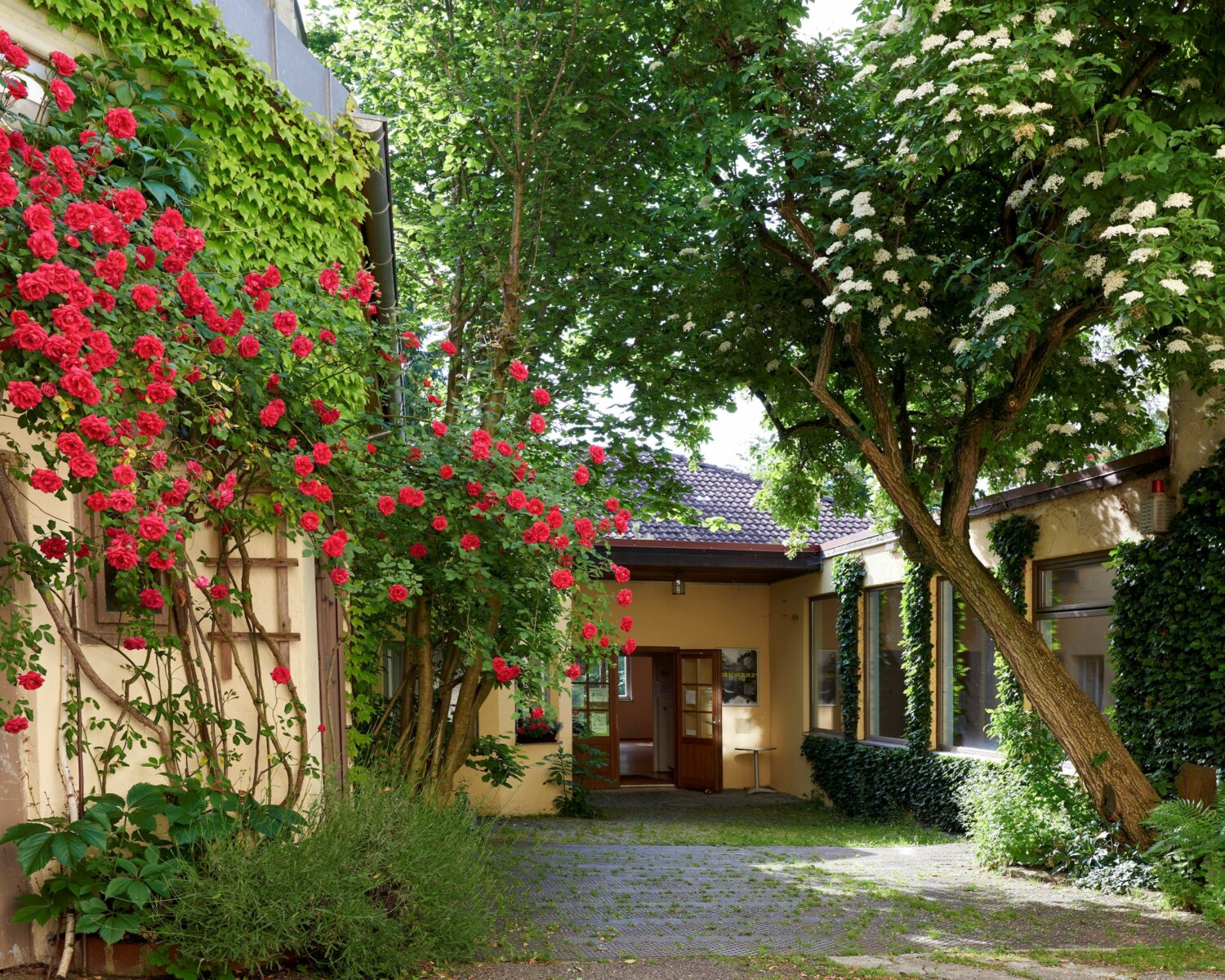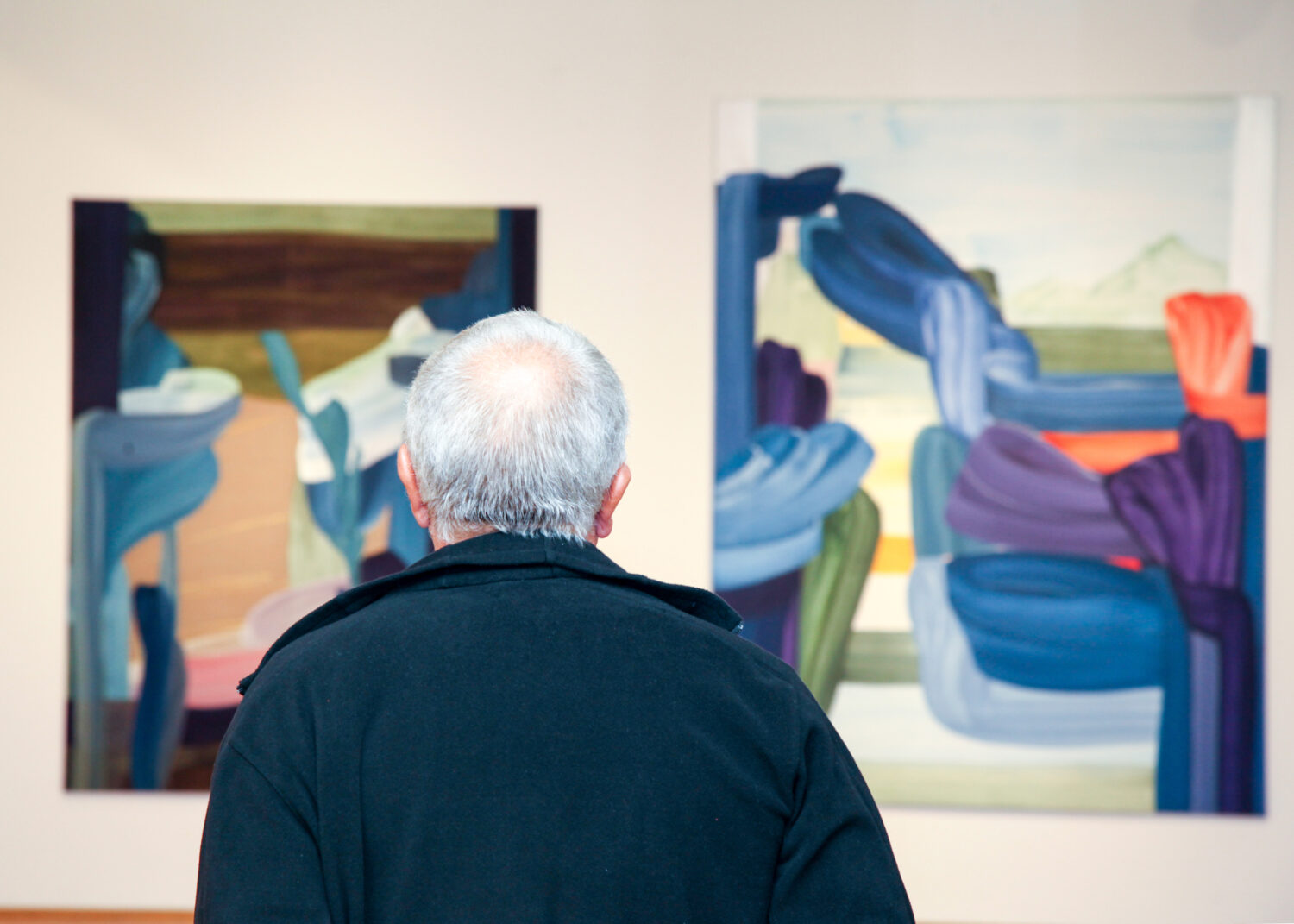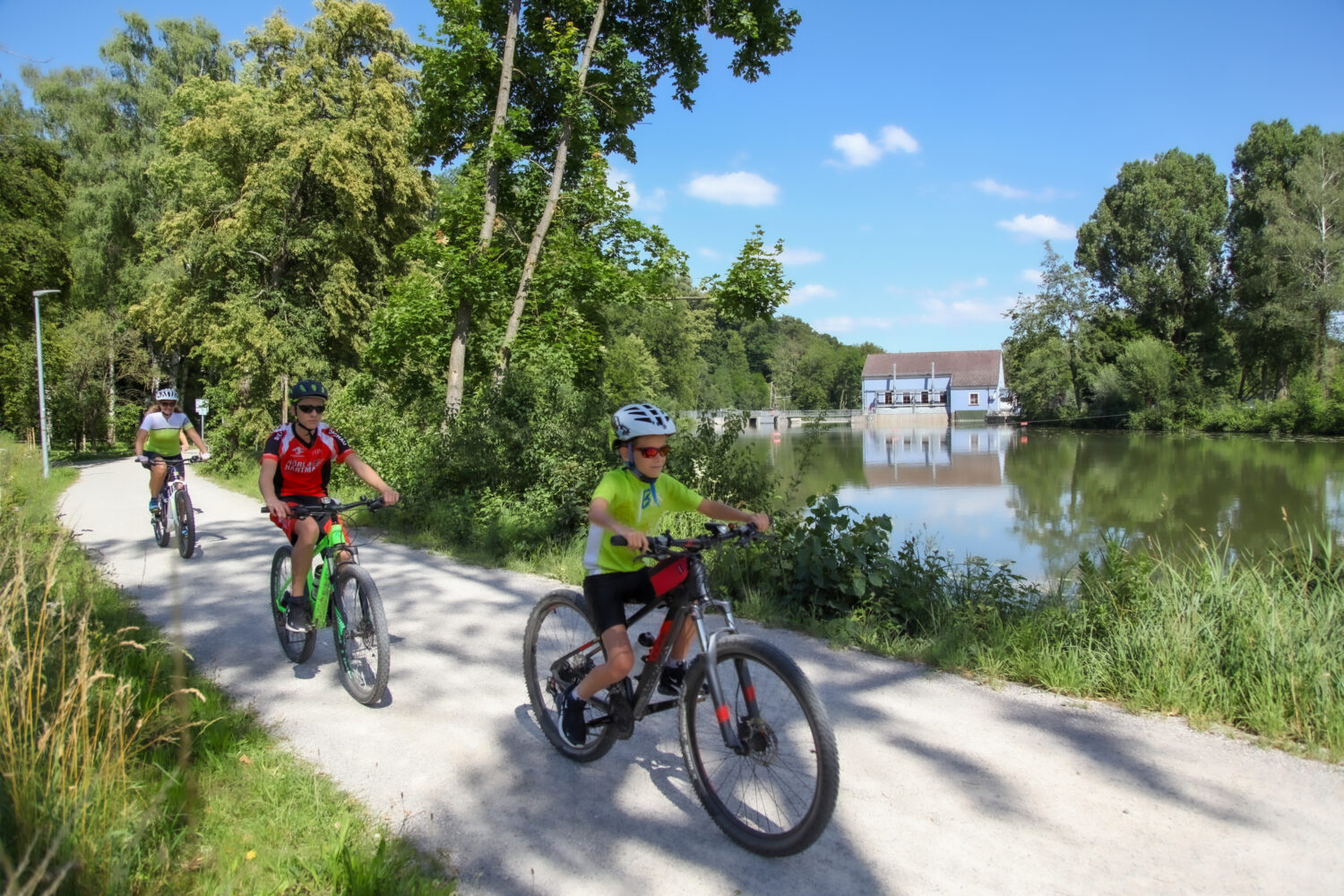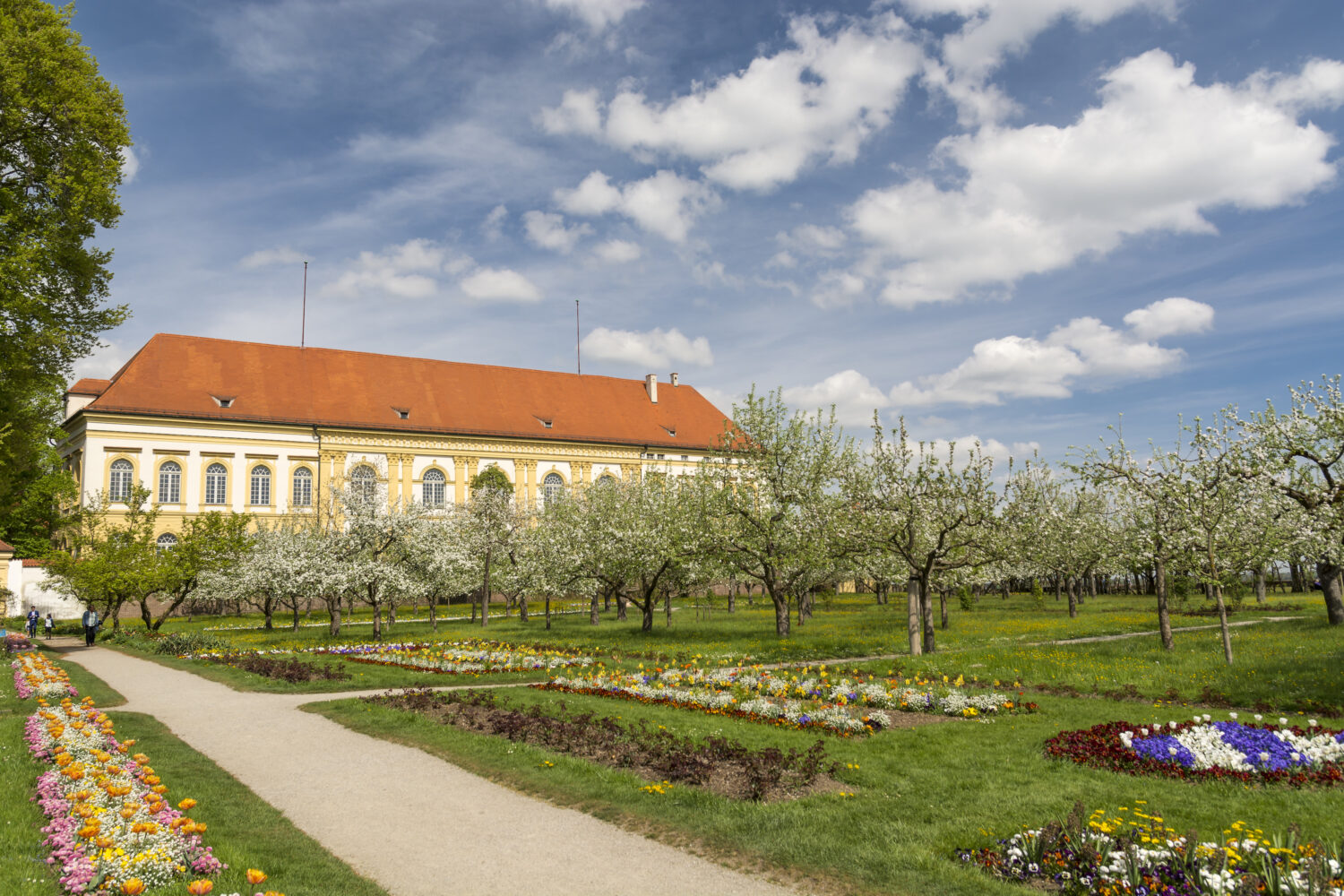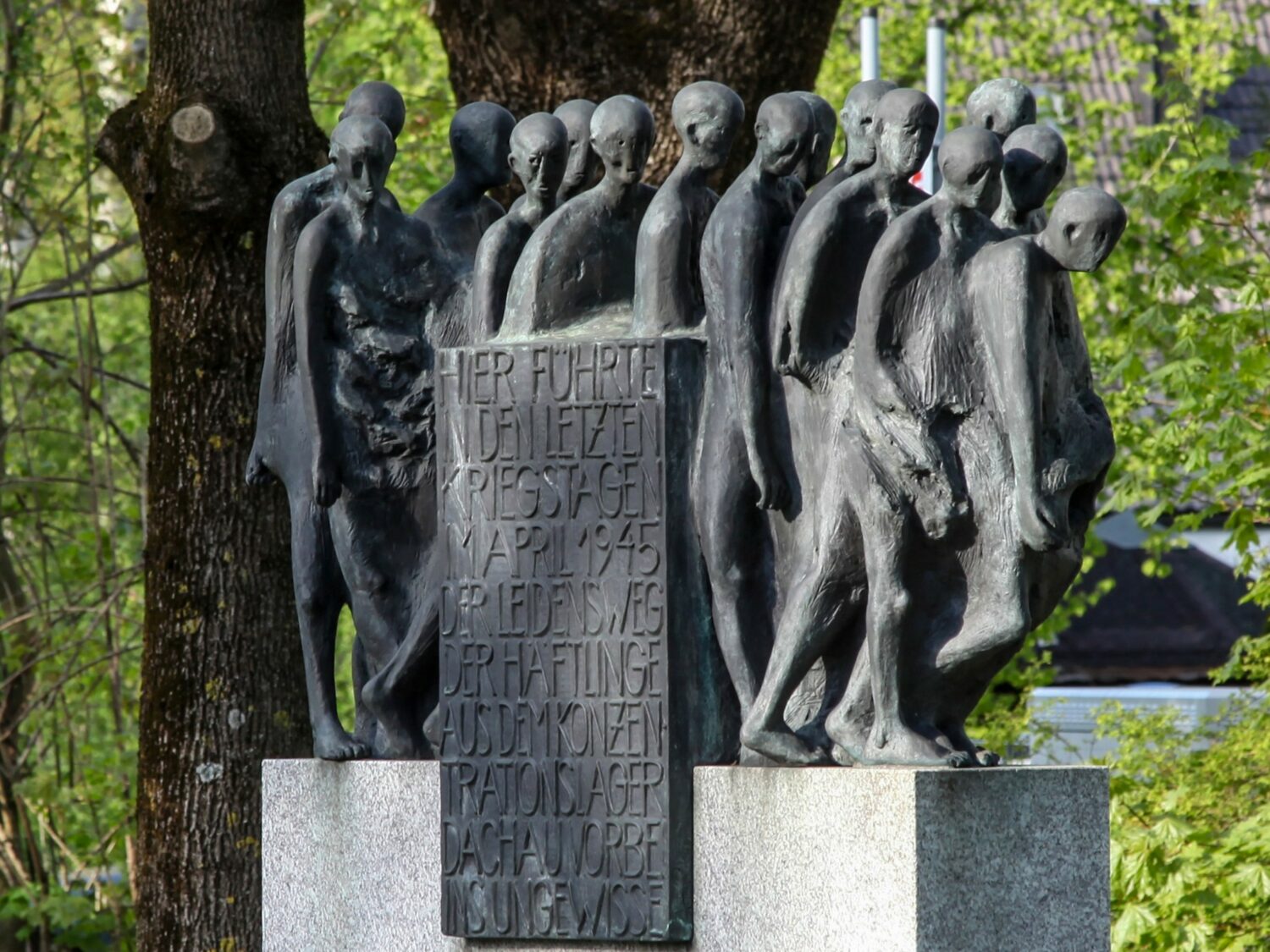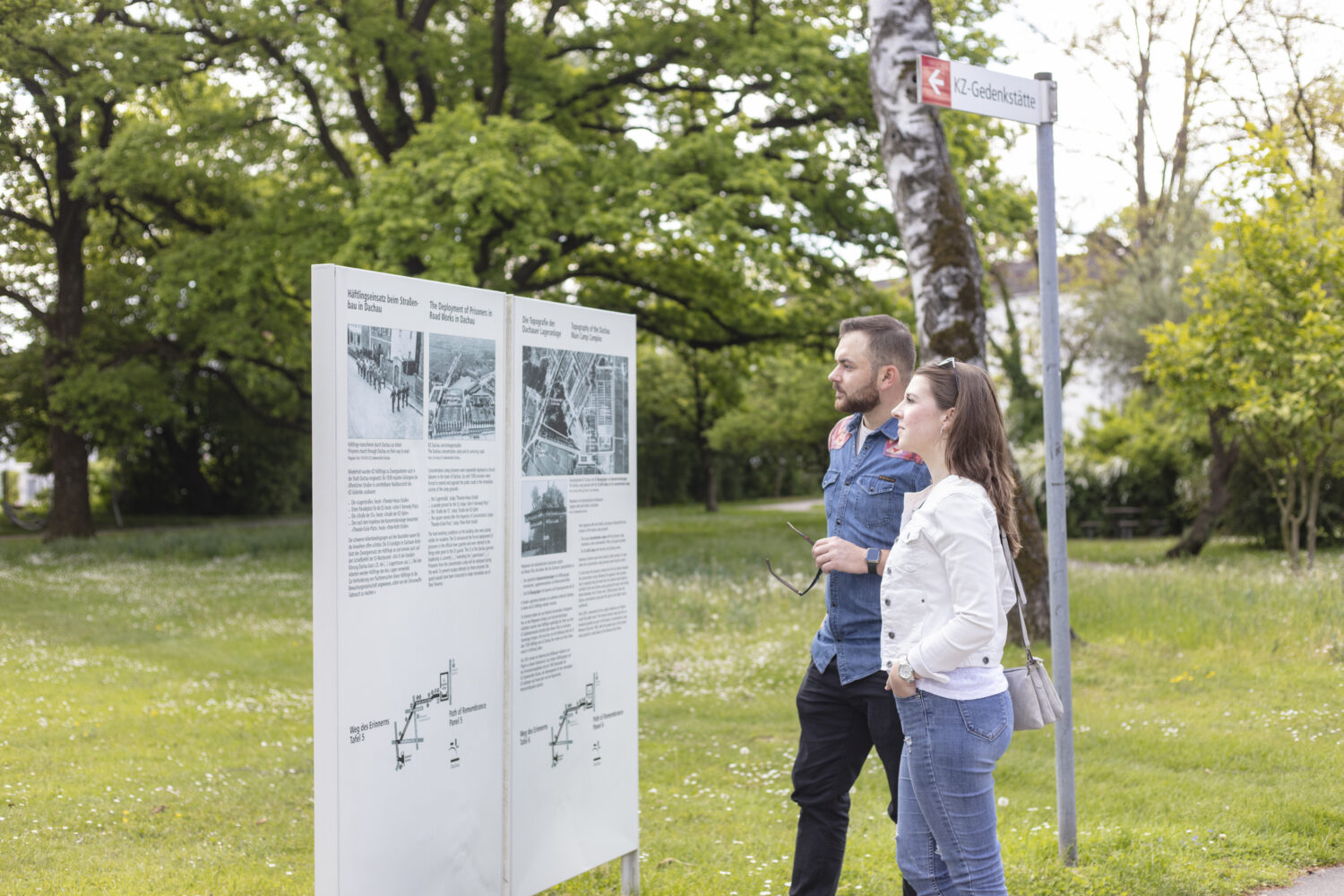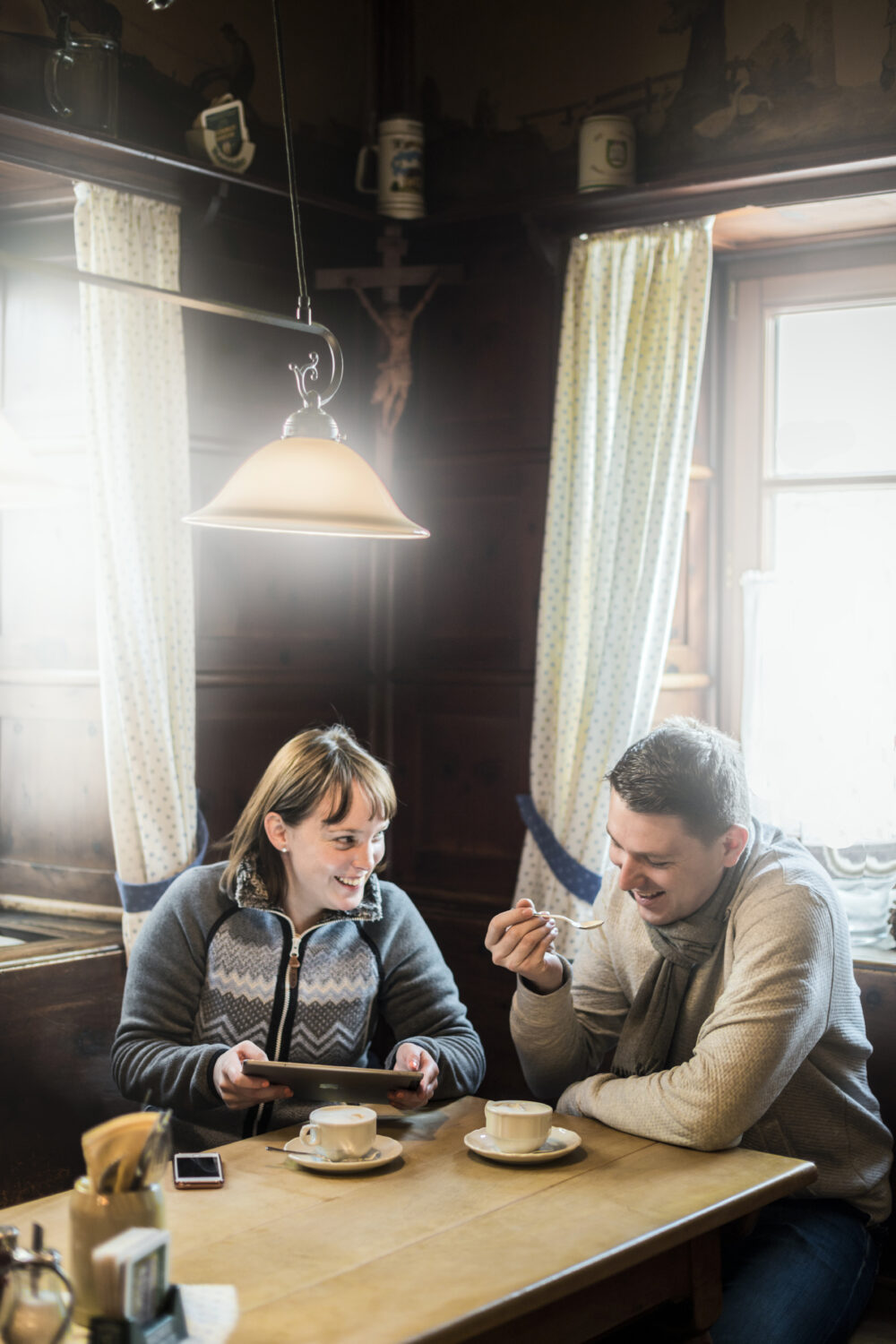
City of Dachau
Dachau - Once a strategic market town on the trade route between Munich and Augsburg, a Wittelsbach summer residence, an important artists' colony and the site of the first Nazi concentration camp - more than 1200 years of eventful history characterize this lively town on the outskirts of Munich as a place of remembrance and art.
Highlights in Dachau
Dachau
| The town of Dachau is known to many as a place of learning and remembrance as well as a city of art and culture on the outskirts of Munich. Tradition and art are closely interwoven with the town's history and characterize the picturesque old town with its colourful town houses, cobbled alleyways, galleries and museums. In addition to those interested in culture, Dachau also caters to those seeking peace and quiet and nature lovers. It is not only worth taking a tour of the town and visiting Dachau Castle and the adjacent courtyard garden with its viewpoint: you can also experience nature up close on excursions to the surrounding area, which is characterized by the Dachauer Moos, the Amper river and idyllic hilly landscape - on foot or by bike (e.g. along the Ammer-Amper cycle path), alone or with the family. TIP: The best way to discover the diversity of Dachau is to take the circular artists' trail in Dachau with its 18 stations over a length of approx. 5.7 km. |
Former artists' colony in Dachauer Moos
The large district town of Dachau is located northwest of Munich on the Amper river - at the interface between the Munich gravel plain, where the Dachauer Moos is located, and the adjacent tertiary Danube-Isar hill country to the north.
The Dachauer Moos and Amperauen nature reserve, a fauna, flora, habitat (FFH) and bird sanctuary since 2001, can be experienced just a few minutes by S-Bahn from Munich. The Ammer-Amper cycle path, which connects the source of the Ammer with Moosburg on the Isar, as well as a section of the Kunstschleife Upper Bavaria Water Cycle Route, lead through this charming landscape.
Sweeping panoramic views of Munich and - especially when the foehn is blowing - the Alps on the horizon open up from the courtyard garden of Dachau Castle, which towers over the pretty old town of Dachau. The open-air painters of the Dachau artists' colony already appreciated the location and vantage points of the former market town. Following in the footsteps of the artists' colony, the approx. 6 km long Dachau Artists' Trail leads through the town's varied topography.
Naturally well connected
The large district town of Dachau is optimally connected to the nearby state capital, Munich Airport and the Munich Trade Fair Center via the A8 and A9 motorways and public transport. The most important sectors in the town of Dachau are trade, medium-sized industrial and manufacturing companies, hospitality businesses, service providers and craft businesses. Among others, the MAN spare parts warehouse, Autoliv and the Helios Amper-Klinikum Dachau are located here. Accommodation ranges from small family-run businesses to conference hotels.
Climate protection is sustainably anchored as a cross-sectional task in the city of Dachau and is intended to leave a future worth living for future generations by achieving climate neutrality. A climate protection officer takes care of issues such as climate-friendly administration, support for climate protection among the population and biodiversity, e.g. with orchards in the Hügelland nature area, wet meadows in the Dachauer Moos nature area and the protection of rare plants and animals.
A place of learning and remembrance and a vibrant city of art and culture
As the site of the first Nazi concentration camp, Dachau is now an international place of learning, remembrance and commemoration. Every year, around 900,000 people from all over the world visit the concentration camp memorial. This past gives rise to an obligation for the town today to keep the memory of the terrible crimes of National Socialism alive, especially for those born later.
As a former artists' colony and former country residence of the Wittelsbach family, Dachau, which is over 1200 years old, is a renowned city of art and culture - the Dachau Artists' Association (KVD), which emerged from the artists' colony, celebrated its 100th anniversary in 2019 - with a high-quality and diverse cultural offering as well as numerous sights such as the historic old town and the Renaissance castle.
The large district town of Dachau in figures
- Total urban area: 34.96 km²
- Highest point: 519.4 m (Dachau Castle)
- Lowest point: 472.9 m (central sewage treatment plant)
- Population: 47,970 inhabitants (July 2020)
- Transportation: On the Munich - Ingolstadt railroad line, S-Bahn connection to Munich; close to the A 8 (Munich - Stuttgart), A 9 (Munich - Nuremberg) and A 92 (Munich - Deggendorf) freeways; approx. 30 km from Munich Airport


